Inside the World of Hugo Brazão: Fiction, Fabric & Fettuccine
Hugo Brazão’s work explores the fusion of painting, sculpture, and installation, creating compositions that challenge the traditional two-dimensionality of painting.

Hugo Brazão: Website
His pieces often incorporate textile materials, wood, resin, and vibrant pigments, resulting in dense surfaces and objects that take on a sculptural presence.
His paintings feature layered materials that create an illusion of depth, unfolding into three-dimensional space.
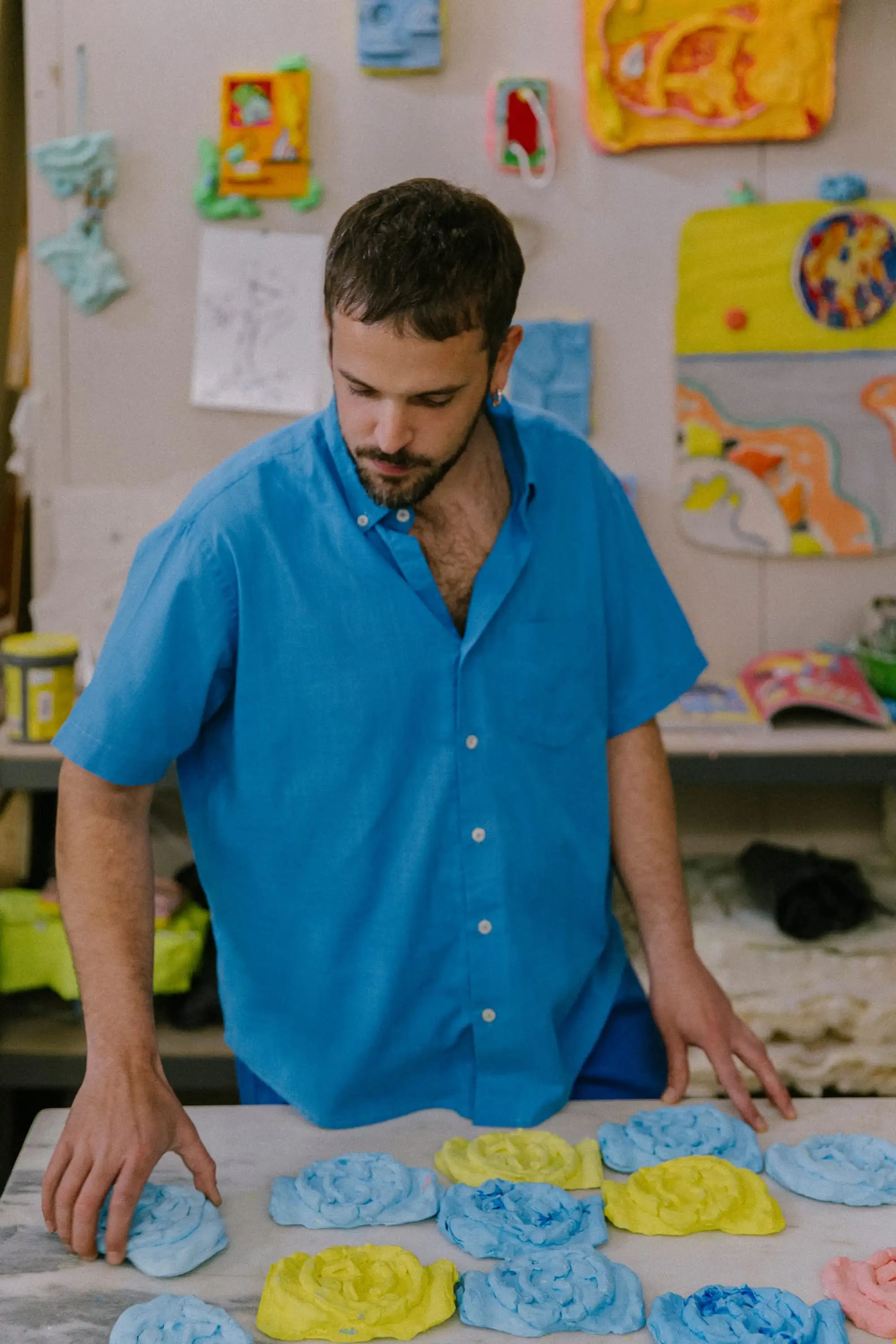
He frequently reinterprets found objects, placing them in new contexts and narratives.
In his installations, Brazão expands this approach, constructing immersive environments where pictorial elements interact with the exhibition space.
A notable example is Happily Never After, which reflects a continuous cycle of change and deconstruction, evoking the concept of "cruel optimism."
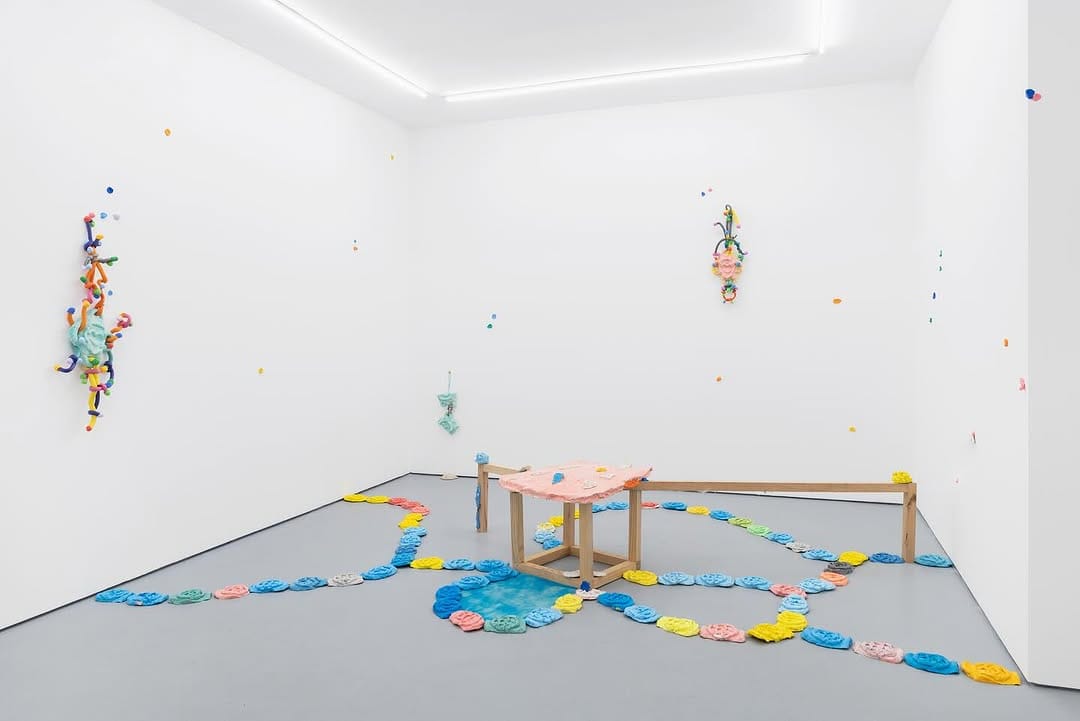
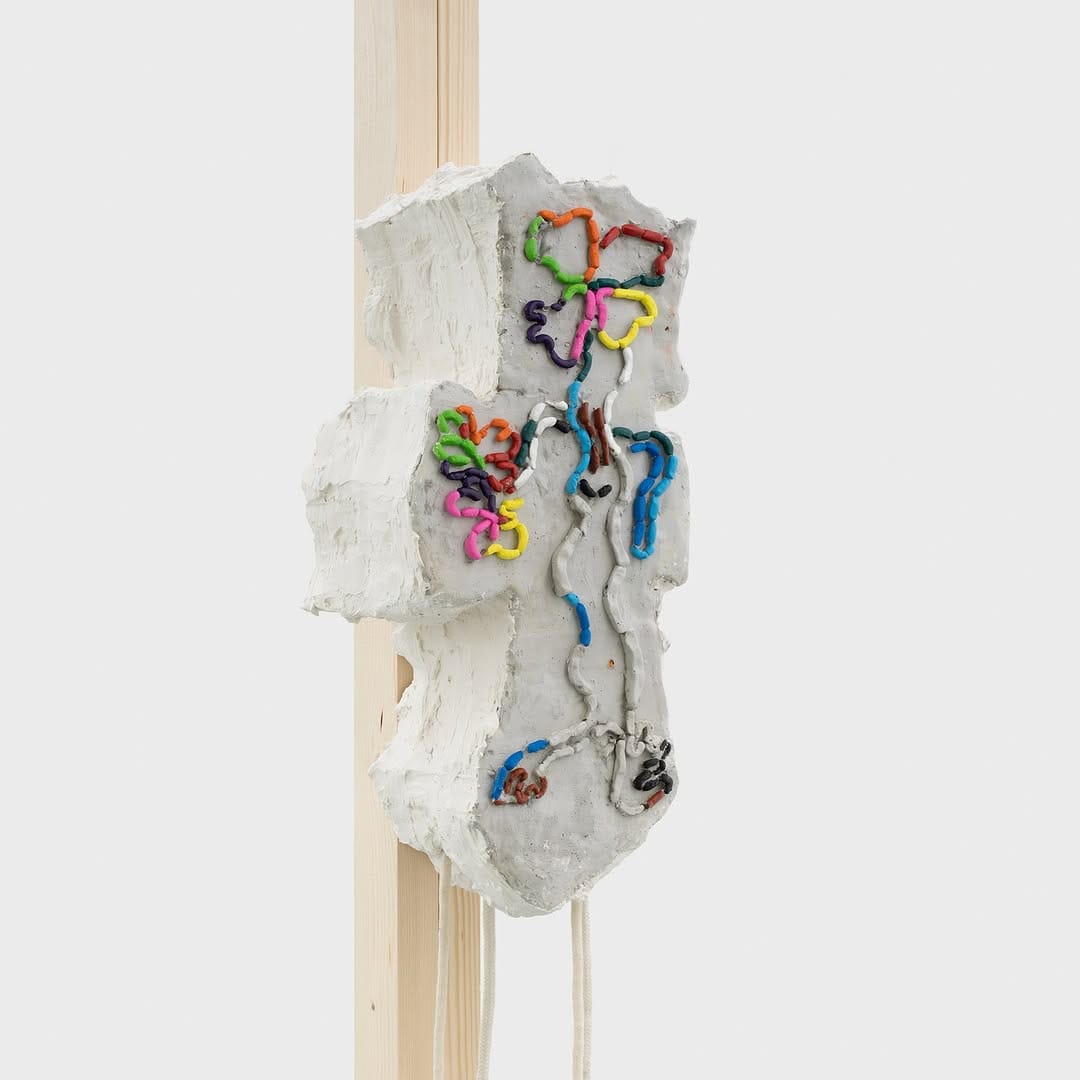
His work often explores themes such as nostalgia, collective memory, and the relationship between fiction and reality, encouraging viewers to question their own perceptions of the world around them.
How do you think about the boundaries between painting and sculpture in your work?
I have a memory from when I was a kid that stuck with me, I made a clay sculpture on a school trip when I must have been around 6 years old or so.
It was much bigger, much clumsier, than what any of the other kids had done, but I loved it, I remember being very proud of it.
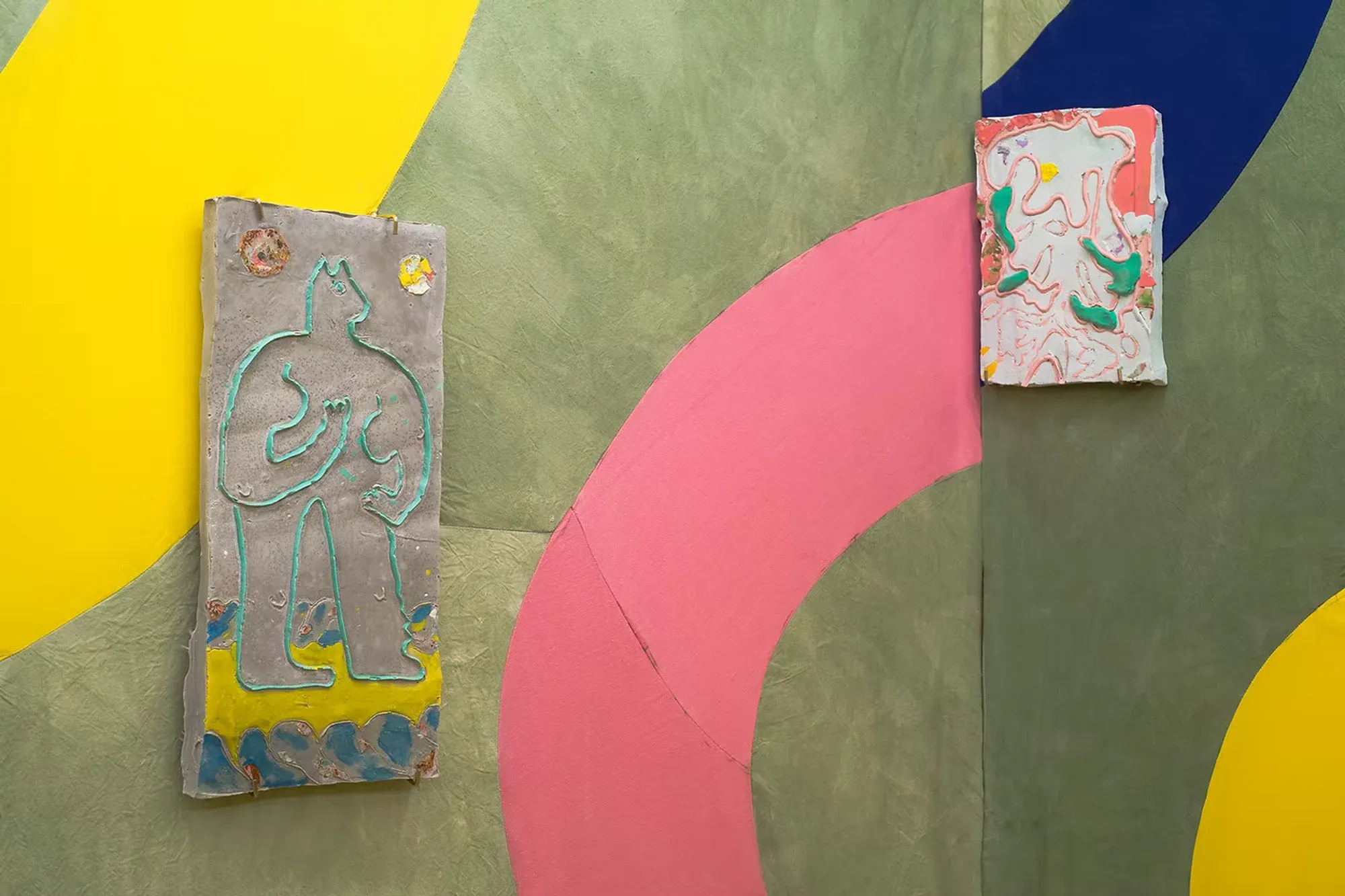
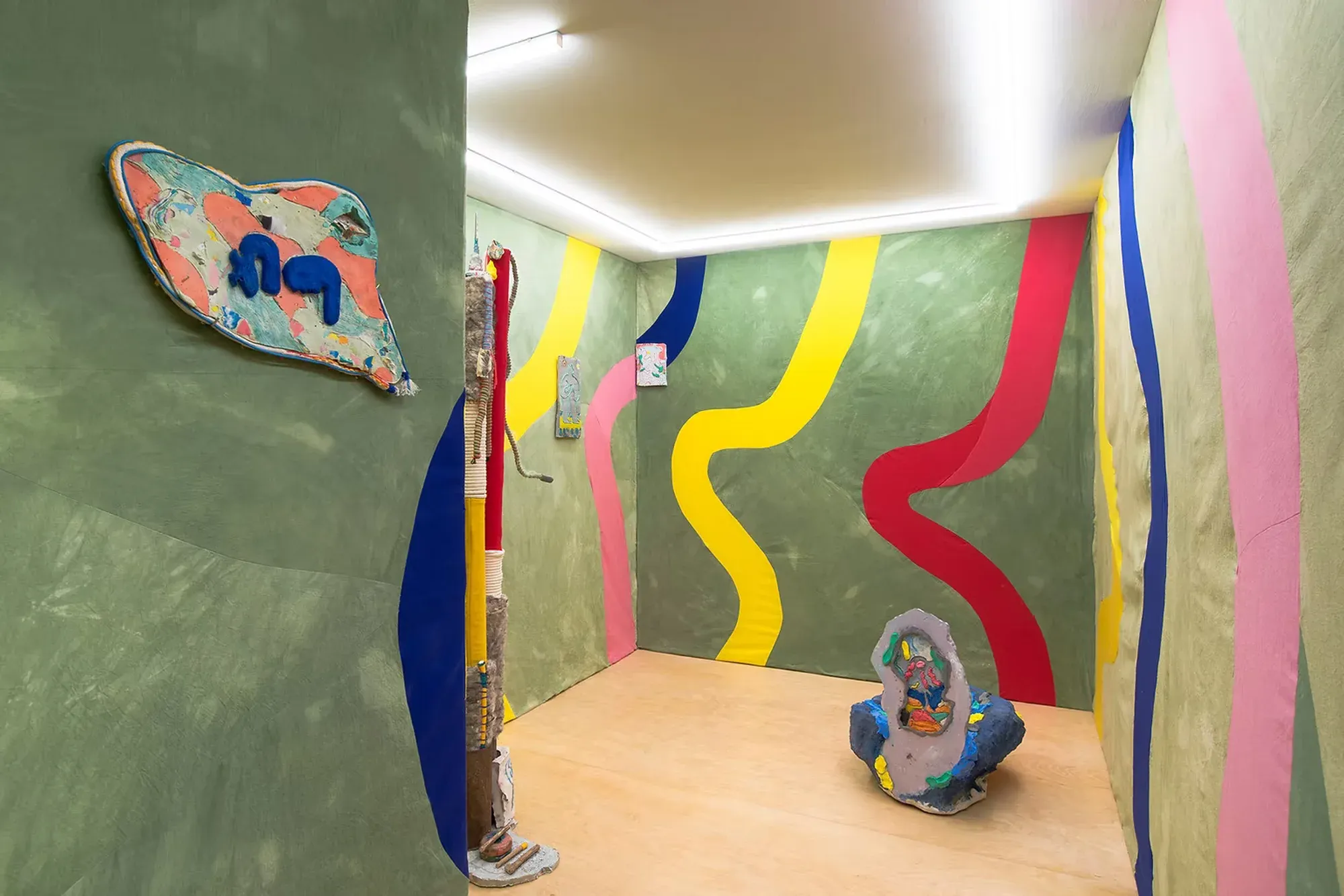
For a long time the main medium I worked with was painting and drawing, and then it was not until when I was living in London, in my early 20s, that I started thinking about making objects that could be placed in space, so that’s when I started experimenting with tridimensionality.
They were ideas that were coming from painting - I had no technical knowledge of sculptural materials whatsoever- and I think it was this process of discovery that really excited me and transformed my work.
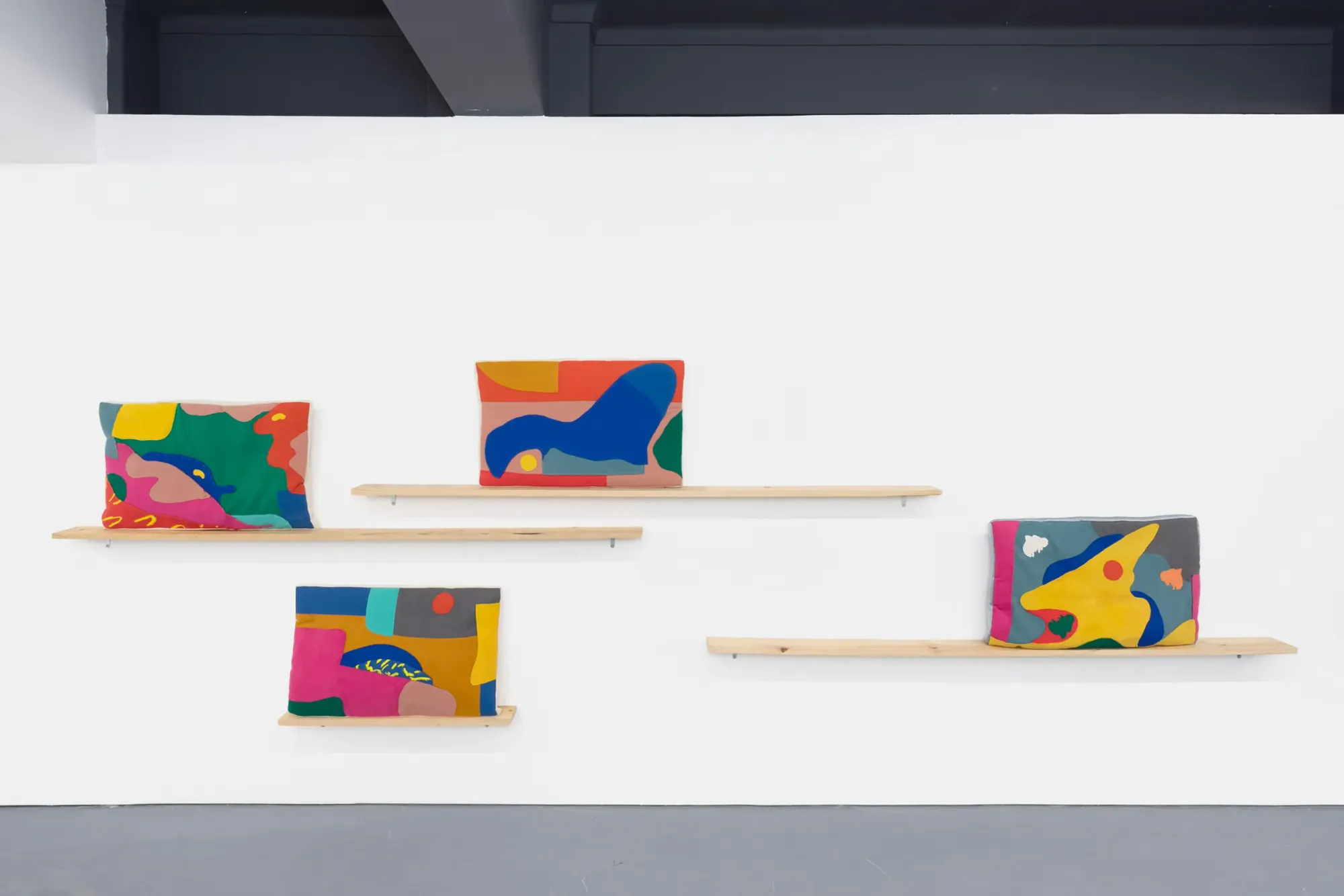
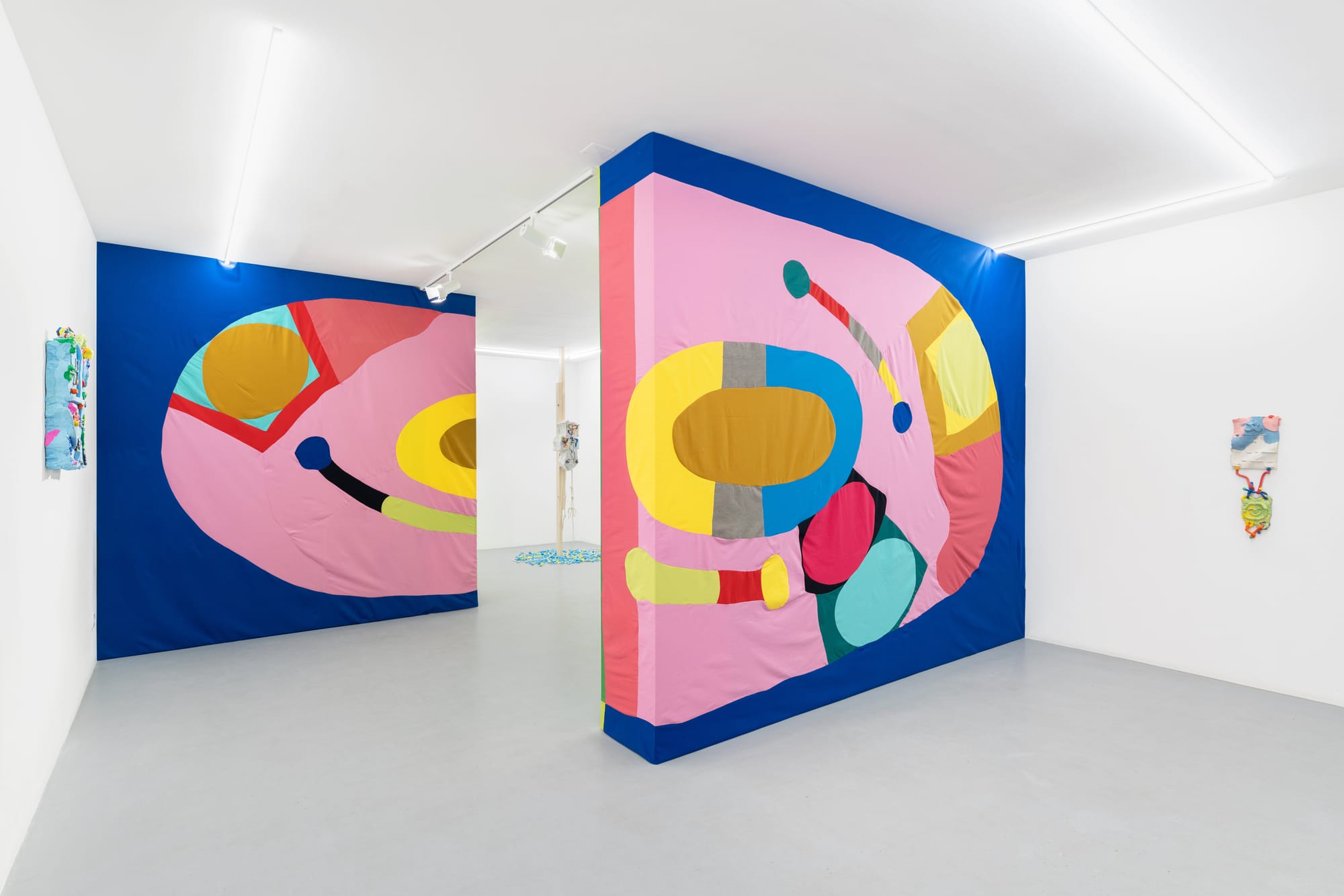
And I try to keep that excitement when I work, I try to keep curious and look for that freedom, by exploring new materials or techniques, in the same way I try to feel like the kid that made that clay sculpture that wouldn’t hold itself together
How does the specific space where your work is exhibited influence your creative process, and how do you consider audience interaction when developing a project?
When I’m developing a project for a specific space, I always begin by learning something about the place, its architecture, history, and social context.
I’ve had the privilege of working in some unusual locations, and those site-specific projects are often my favorite.
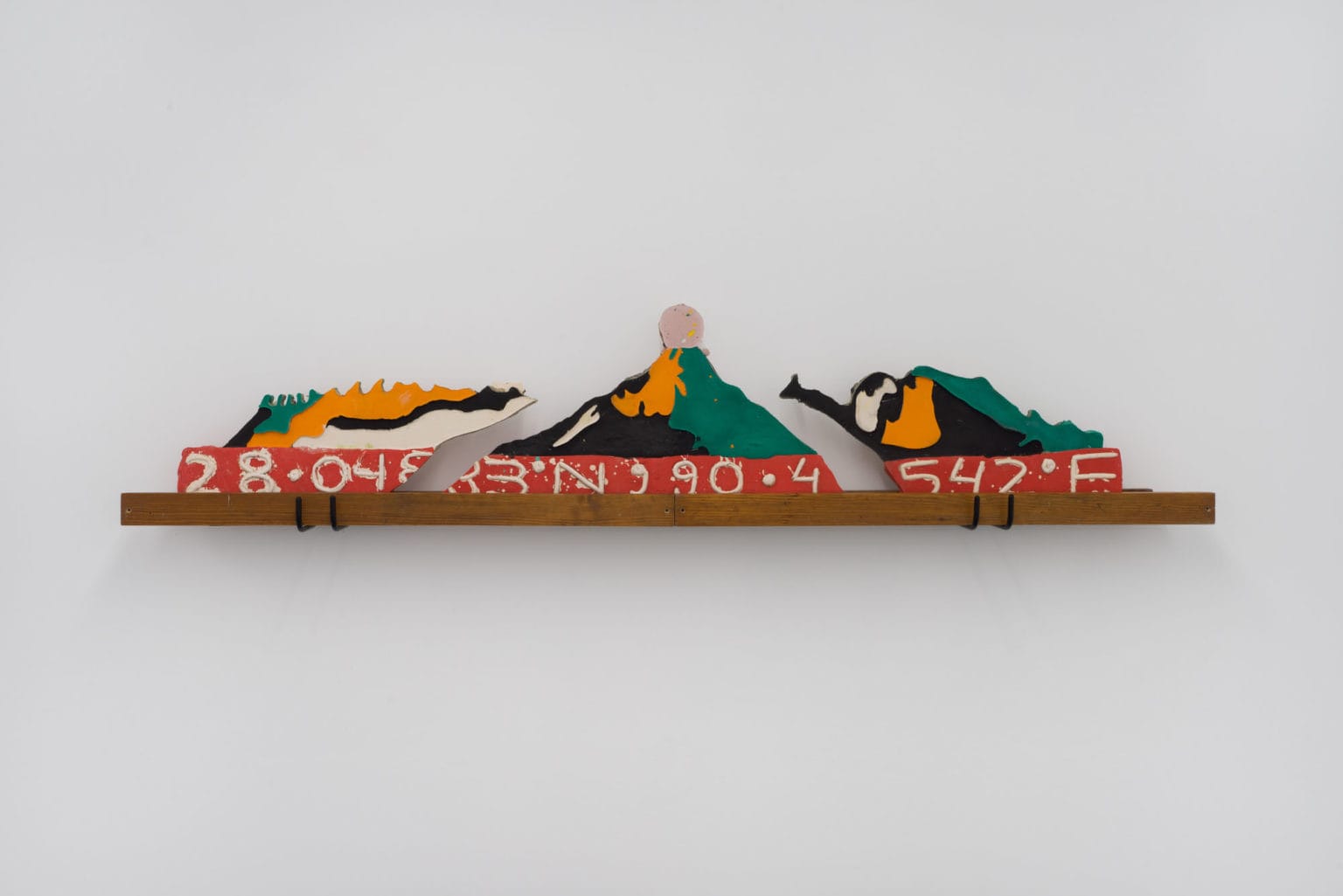
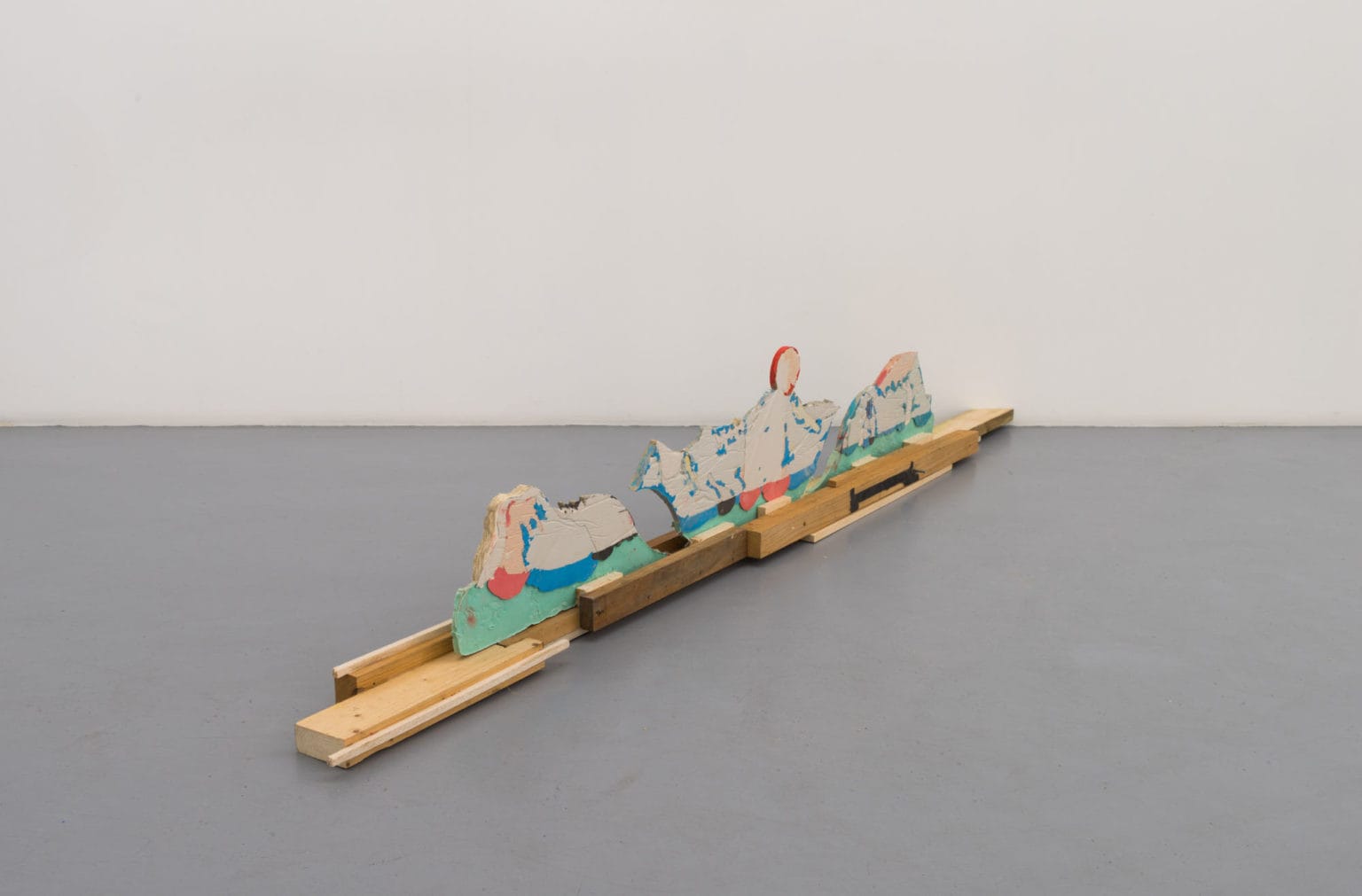
Equally important to me is how the audience interacts with the work. Their movement through the space and the way they engage with the pieces are elements I consider from the start.
I try to shape that experience by building narratives, creating spatial contrasts, and playing with scale.
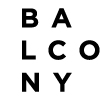
Balcony Gallery
I like to think about how our brains have evolved to understand space through the size of our steps, the length of our legs, and the scale of our bodies, giving us a particular experience of space and time.
Lately, this sense has been dissipating, as our interactions shift more and more toward digital spaces.
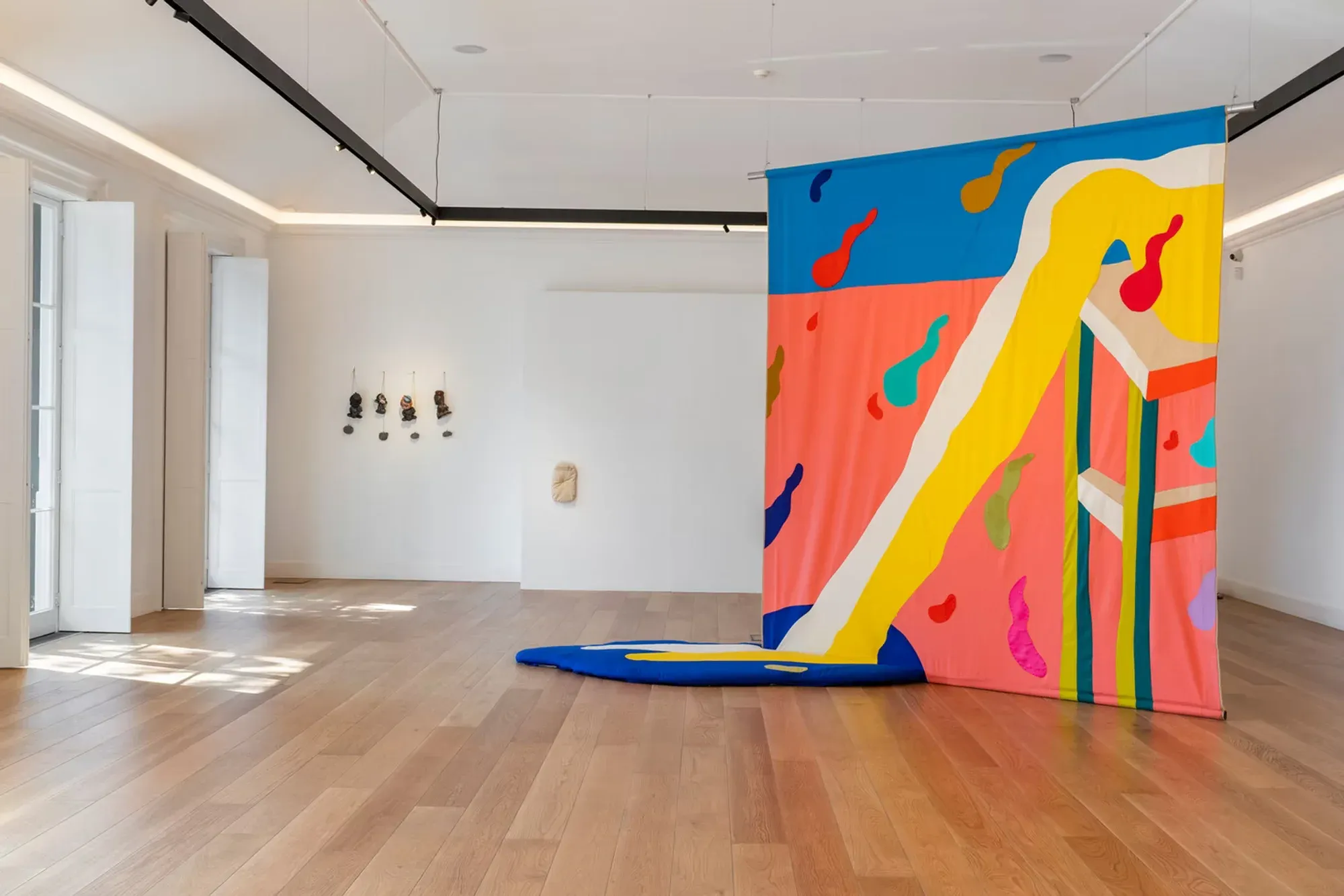
That’s why I intentionally keep my work handmade, always embracing mistakes and imperfections.
Sometimes it makes me anxious, but it's important for me to think about how my work can break when dropped on the floor, how it can be ripped apart or how it can start fading when left in the sun too long.
Can you walk us through your creative process, from how you generate ideas to the initial steps of bringing them to life?
Of course I always hope for that perfect idea to arrive out of nowhere. And yes, sometimes it does happen.
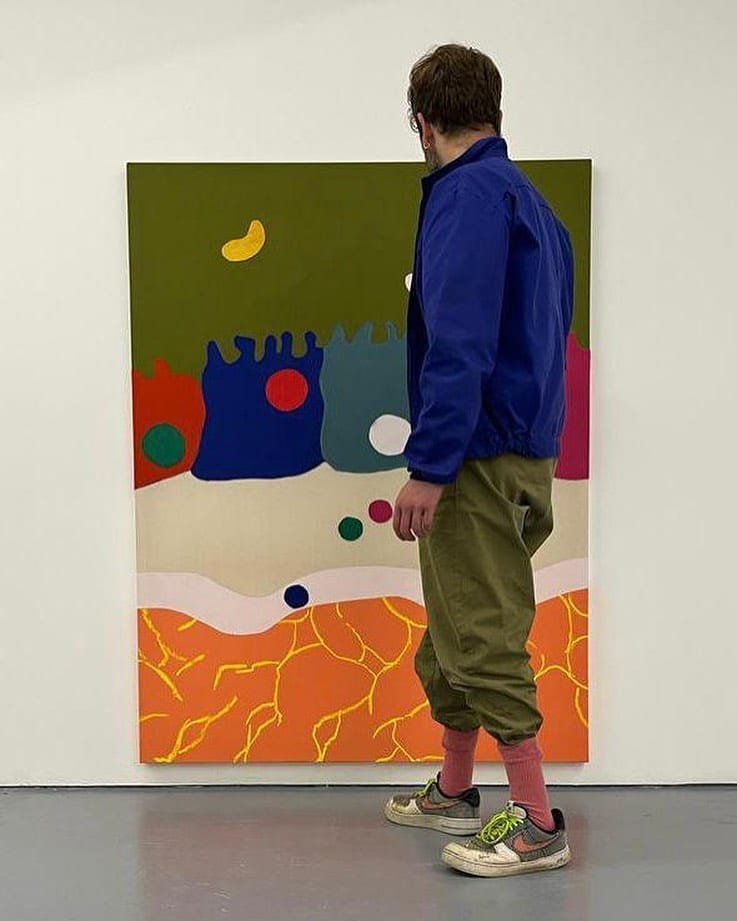
But it’s more the exception than the rule, so I try to build mechanisms that keep me producing and help me avoid falling into that anxious state of blankness and overthinking that can easily creep in while I’m in the studio.
These mechanisms usually involve assigning things at random to objects of study, and then figuring out how they might connect.
For example, I’m currently working on a series of drawings about different behavioral biases.
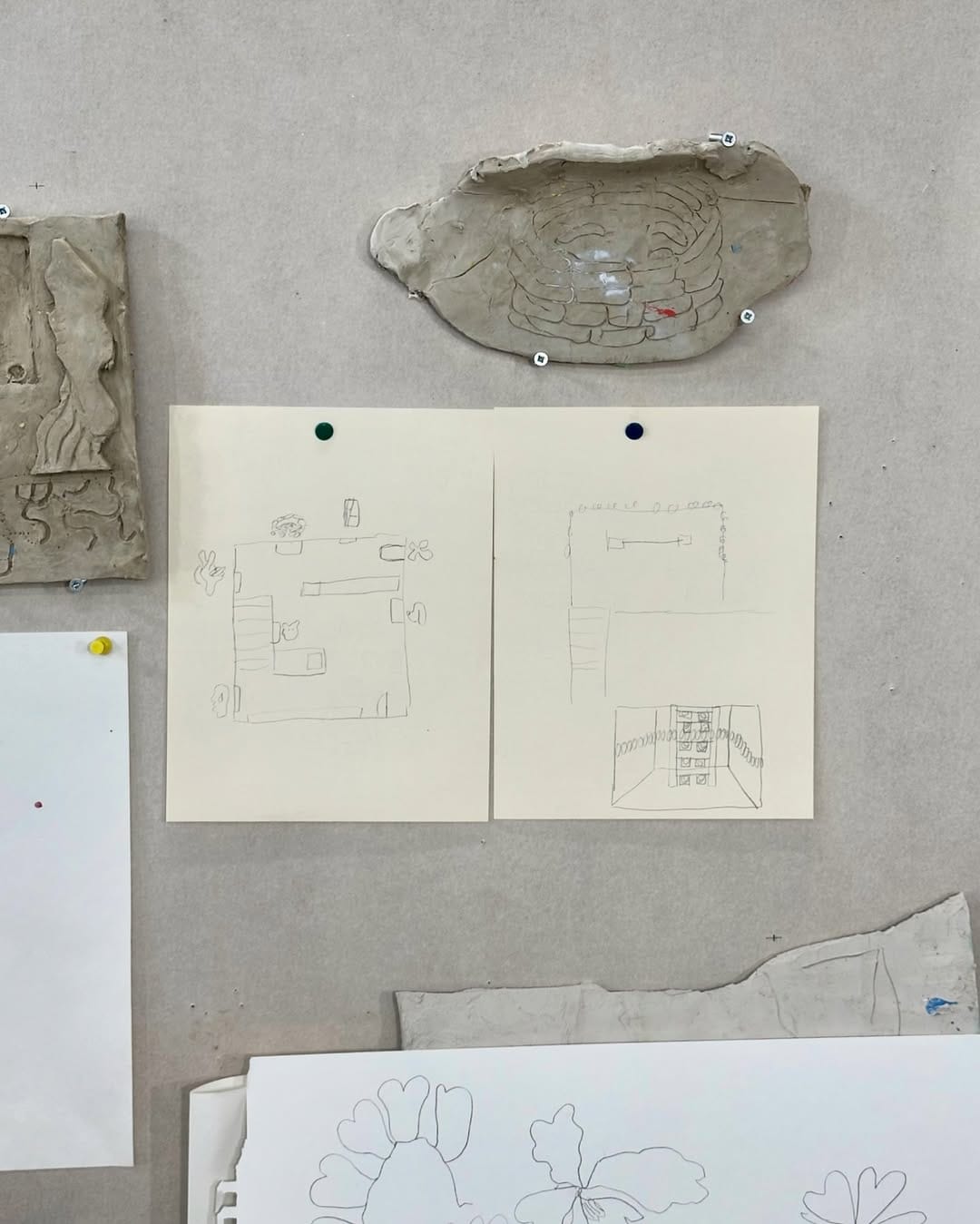
I started by listing all the biases I find interesting and want to explore. Then I made another list of completely unrelated things that just popped into my head, paper, wind, ant, tree, airplane. I randomly paired one list with the other.
In this specific case I ended up with the bandwagon effect and ant. That made me think of how ants, when they lose their pheromone trail, start blindly following the ant in front of them—sometimes forming an ant mill, a circle that spirals endlessly without direction.
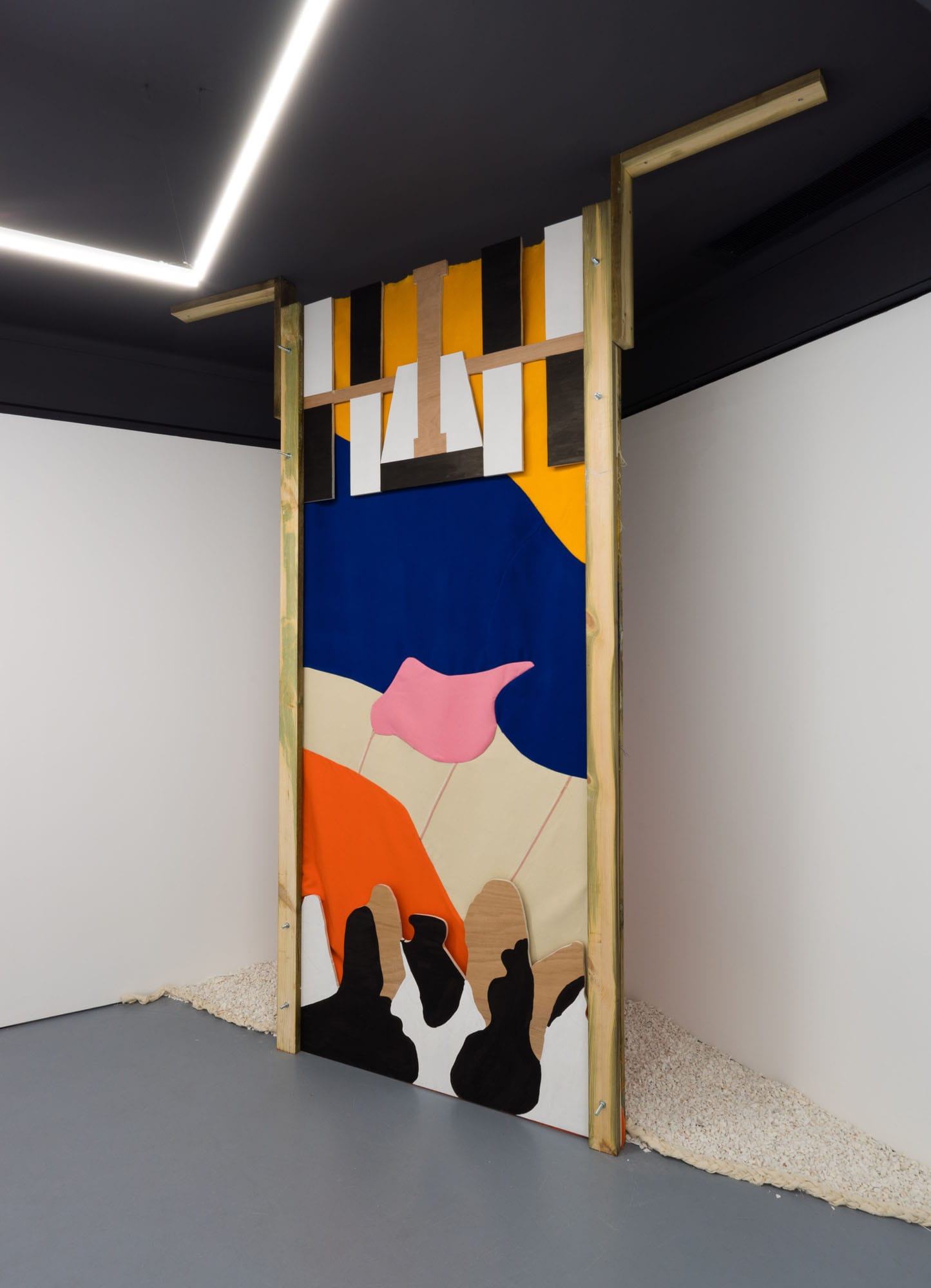
Once I find that ‘click’, something that sparks excitement, I always start by drawing. Drawing is really the foundation of all my work, before it turns into textile, sculpture, or painting.
How do you decide which medium to use for a particular artwork, and how does working with different materials influence your creative process?
Some works can only exist as sculpture, drawing, or textile, it’s something that’s either decided by the initial sketches I make or by how I want the work to fit into the narrative of the space where it will be shown.
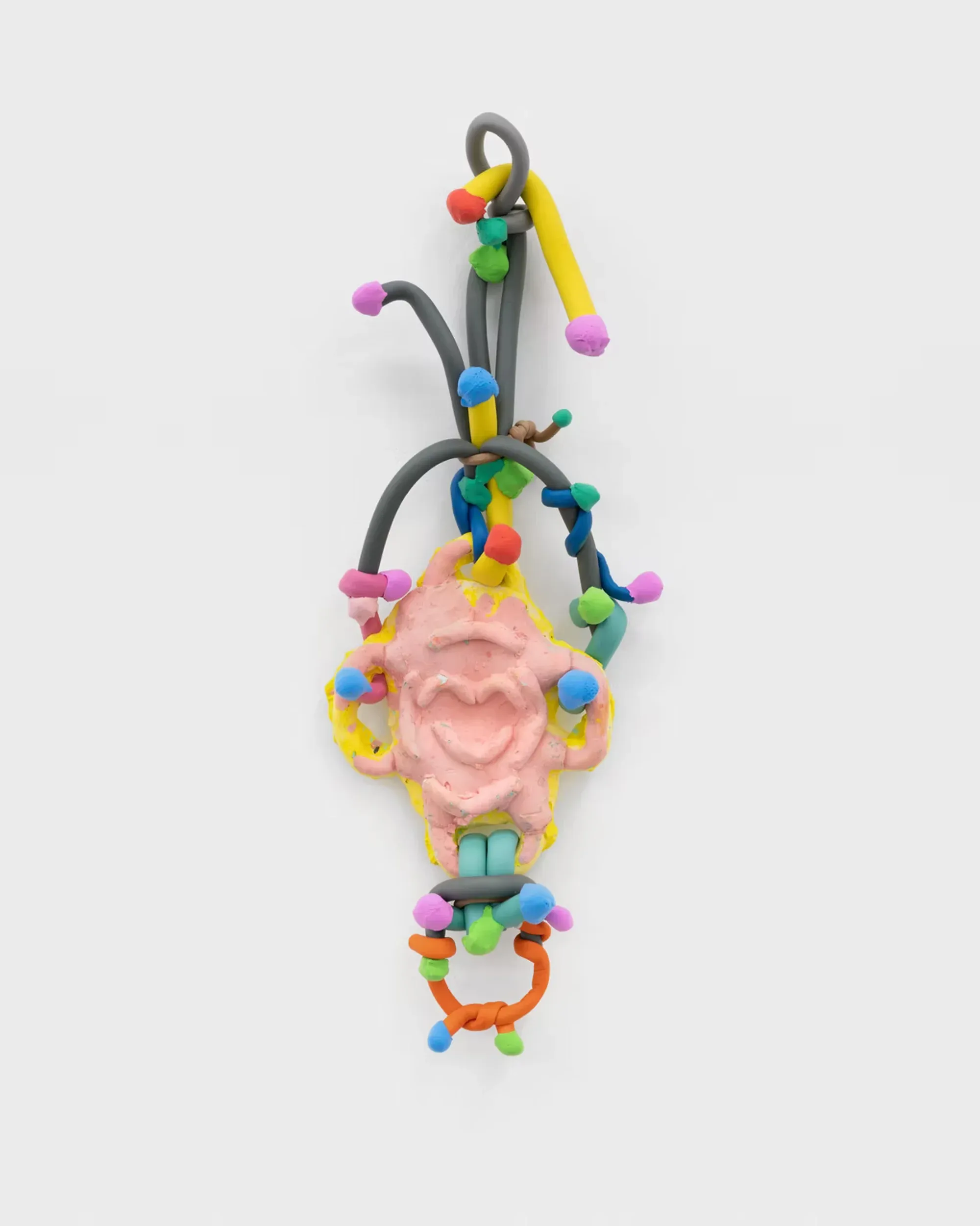
I like to keep a balance between different media because it keeps me engaged in different ways. Working with textiles, for example, requires a lot more planning, technical drawings, pattern cutting, and structure, which puts me into a flow state.
It’s almost meditative, allowing me to develop new ideas as I go.
On the other hand, sculpture, painting, and drawing feel more instinctive, spontaneous.
They’re about letting the material behave the way it wants, responding to it rather than controlling it too much.
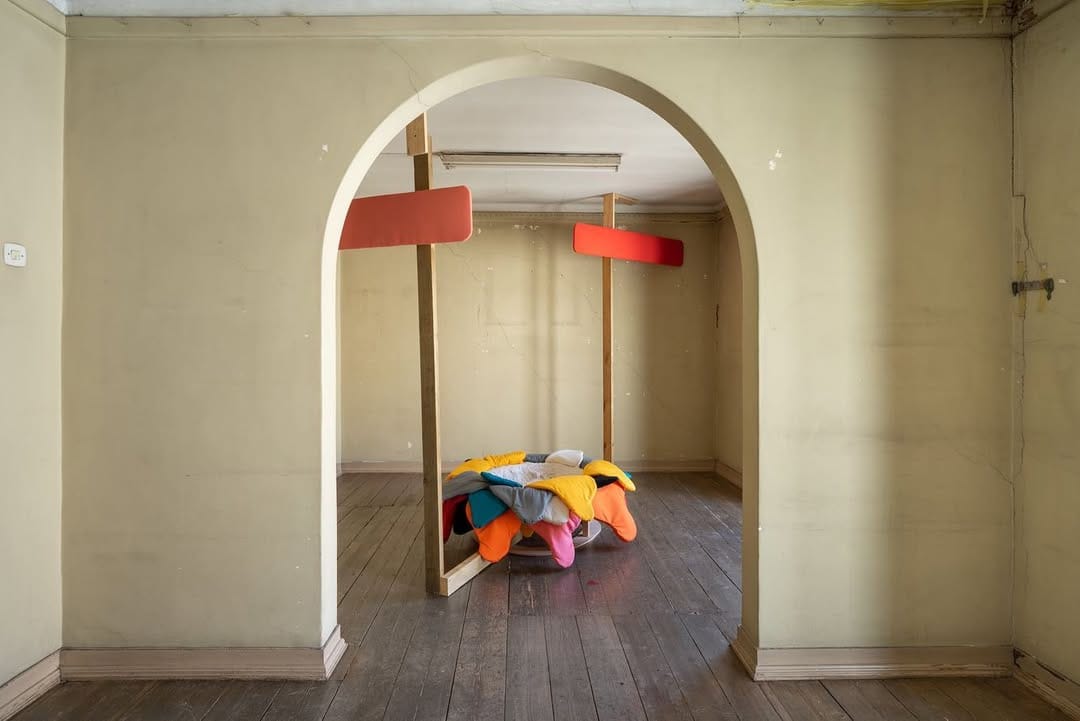
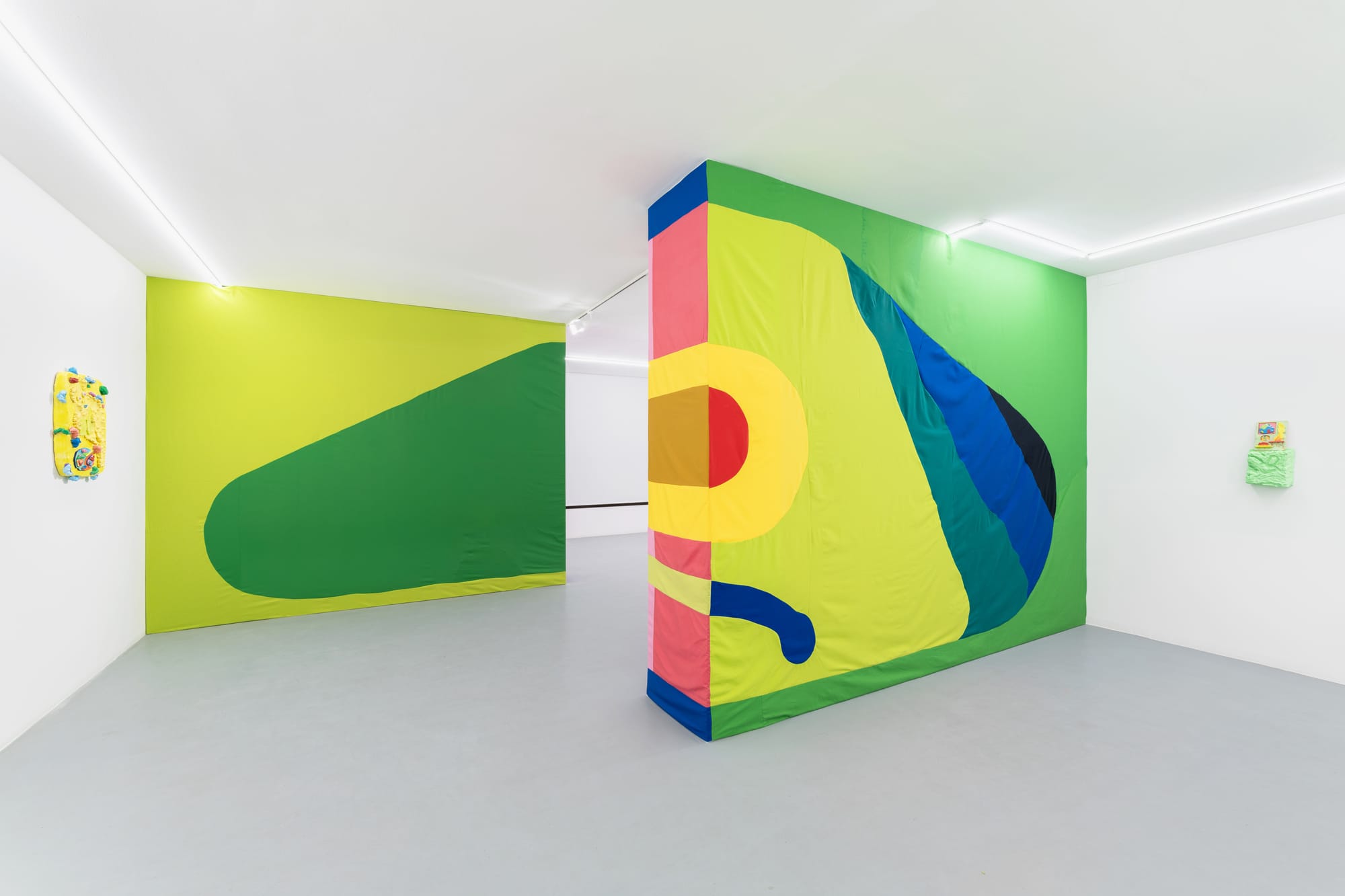
How did textile appear in your work?
It connects back to what I mentioned earlier, my interest in responding to space and building narratives, as well as the need to work on a larger scale. Textile naturally lends itself to that.
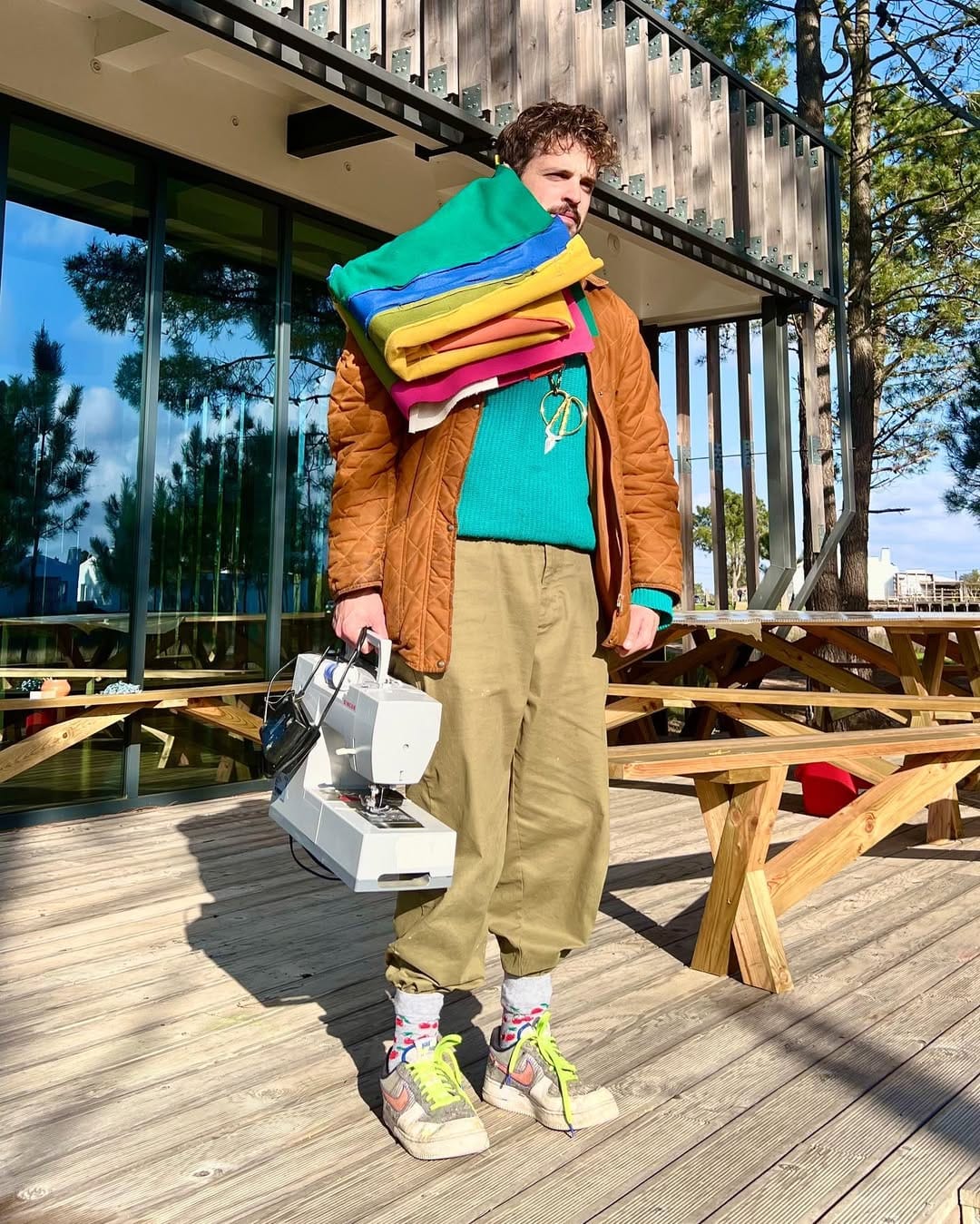
It can occupy a lot of space, creating environments or new spatial relationships, but at the same time, it’s incredibly flexible. It can be folded, compressed, and tucked away, only to be reshaped again somewhere else.
That contrast really fascinates me, how something so soft and mobile can carry presence and weight, and how it can adapt to different contexts, almost like it has its own memory or behavior.
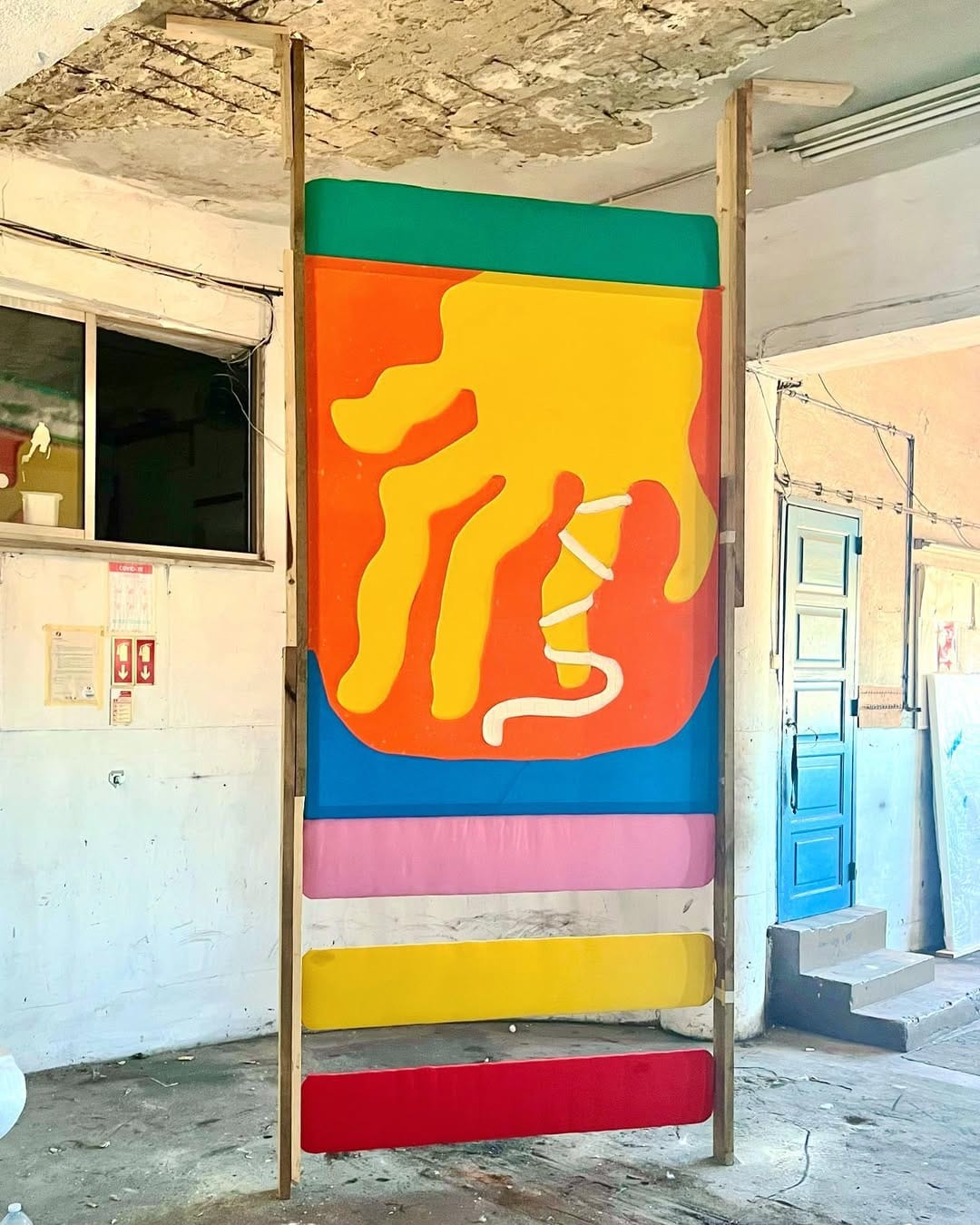
It allows my work to exist in multiple forms depending on where and how it’s shown.
In what way did Lauren Berlant’s concept of “cruel optimism” influenced your most recent work?
In my work, I’ve been looking at different forms of escapism, how we find ways to disconnect from reality, whether physically or mentally, and how that shapes our experience of the world.
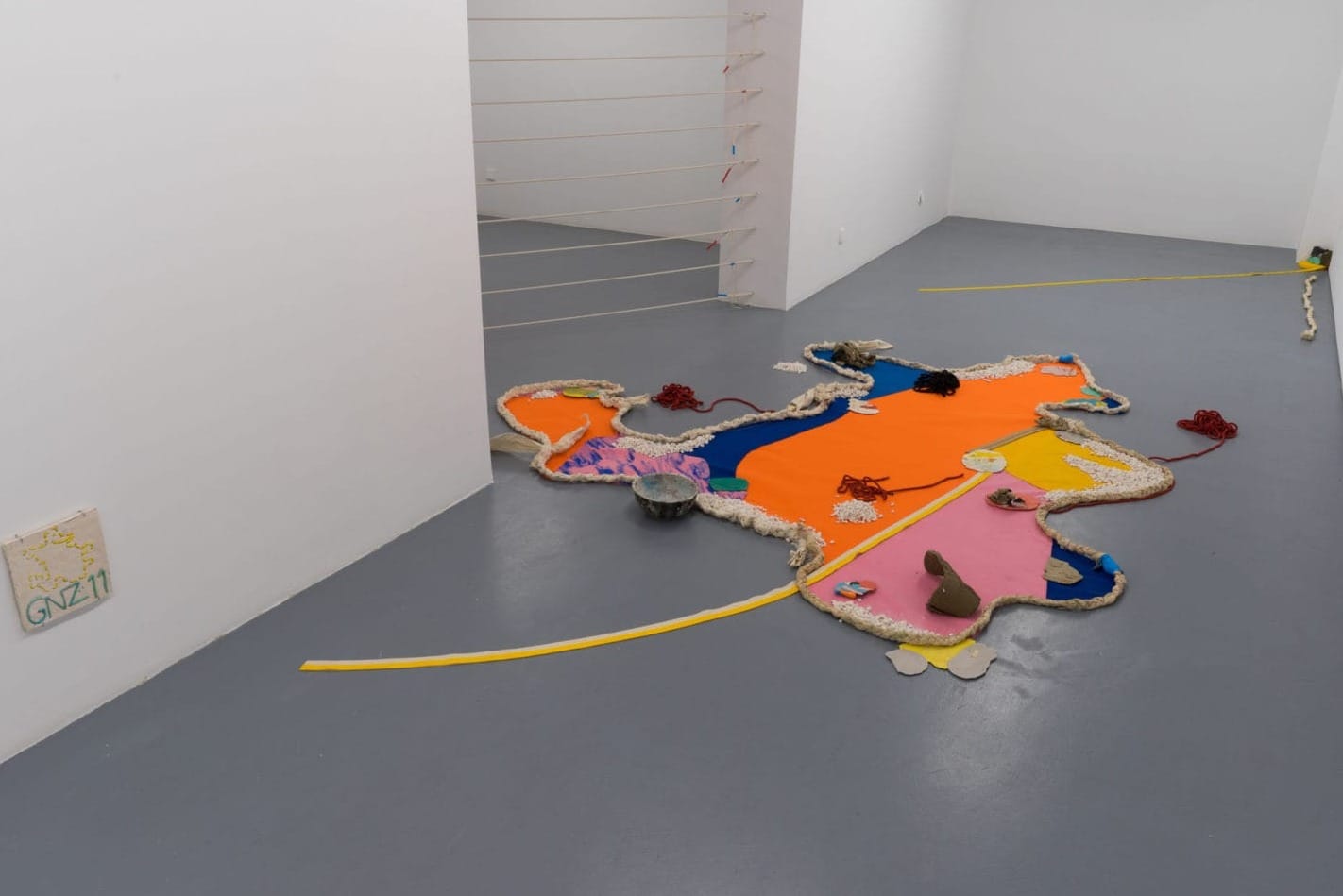
Optimism is one of those forms of escapism. It helps us get through tough times, but it can also stop us from actually confronting problems.
When I came across Lauren Berlant’s idea of cruel optimism, it felt like a good way to describe the pressure to stay hopeful, even when the world around us seems to be falling apart.
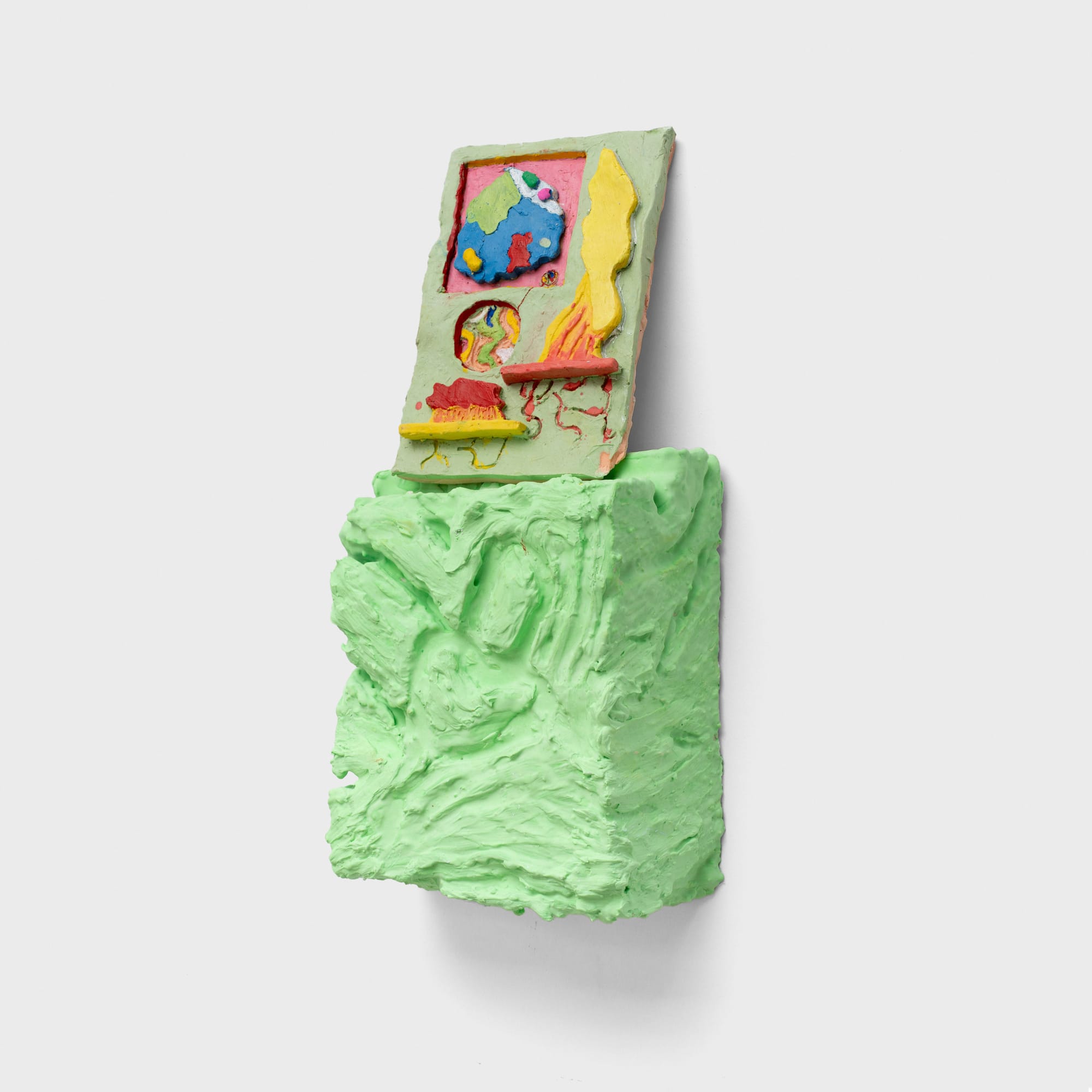
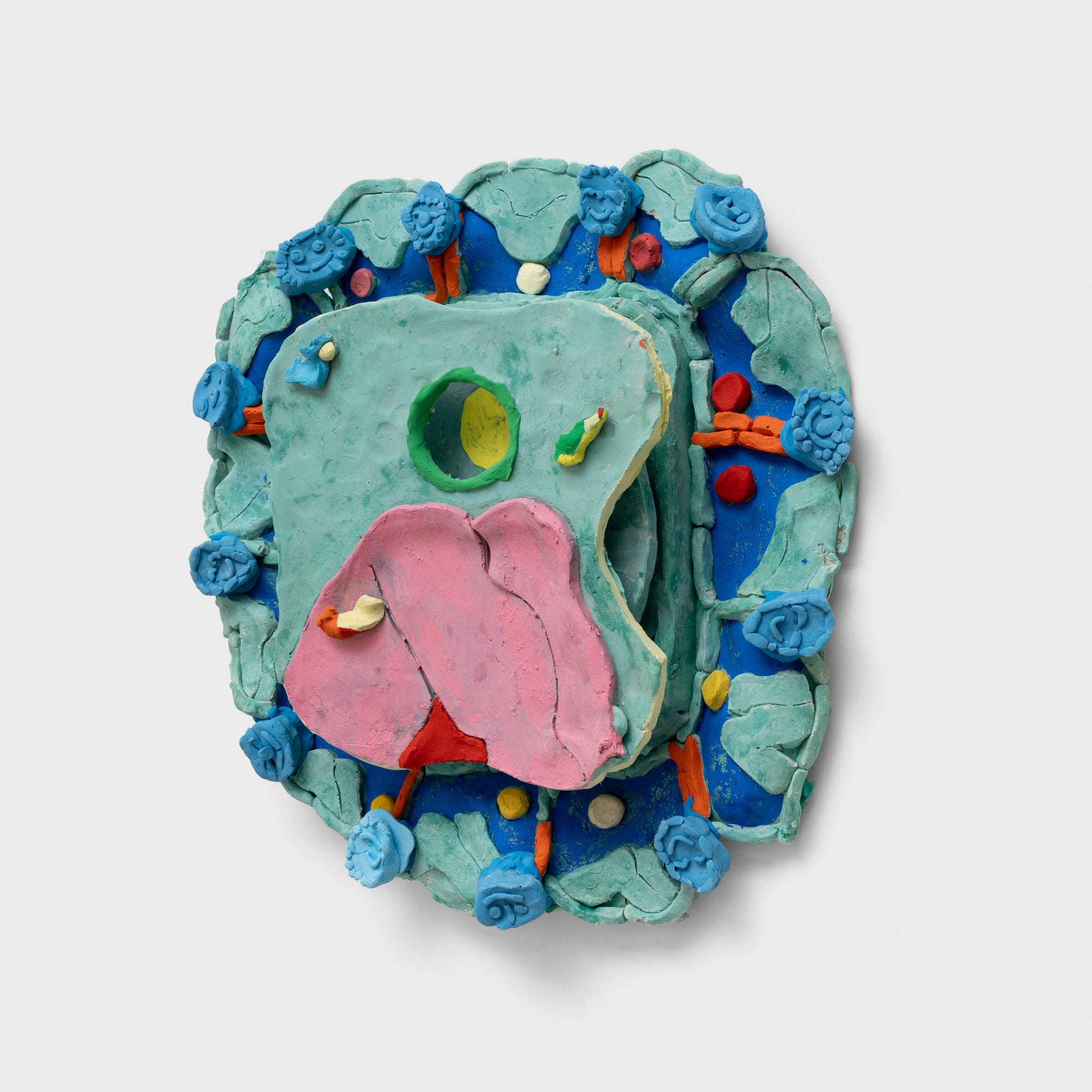
Hugo Brazão: (left) aspergillus stuttus domus, 2025, Acrylic resin, gypsum based compound and pigment-based paint, 43 x 20 x 10 cm. © Carbonara Studio --(right) rabo virado para a lua, 2025, Acrylic resin, gypsum based compound, pigment-based paint, wood and ropes and modeling paste, 45 x 42 x 13 cm. © Carbonara Studio
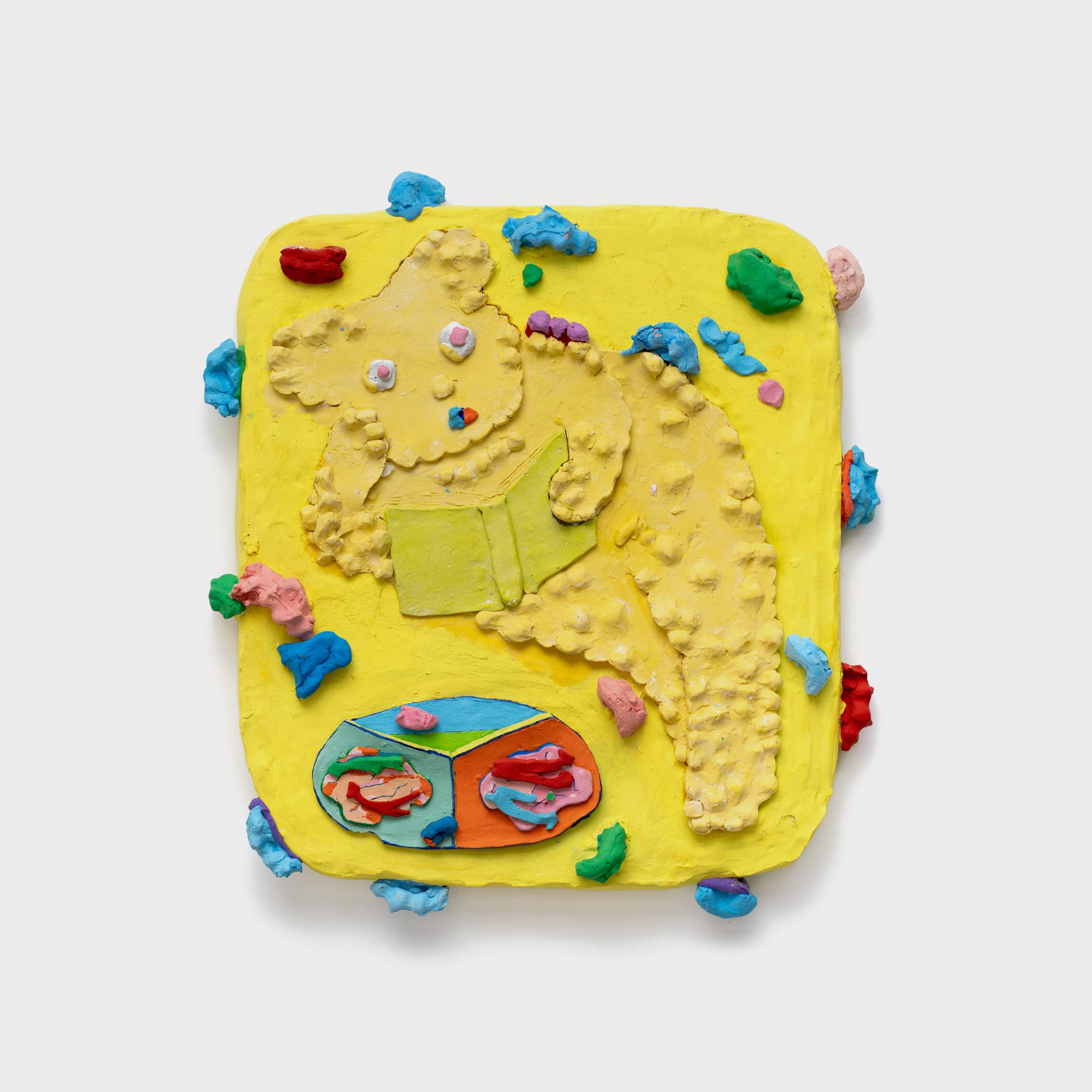
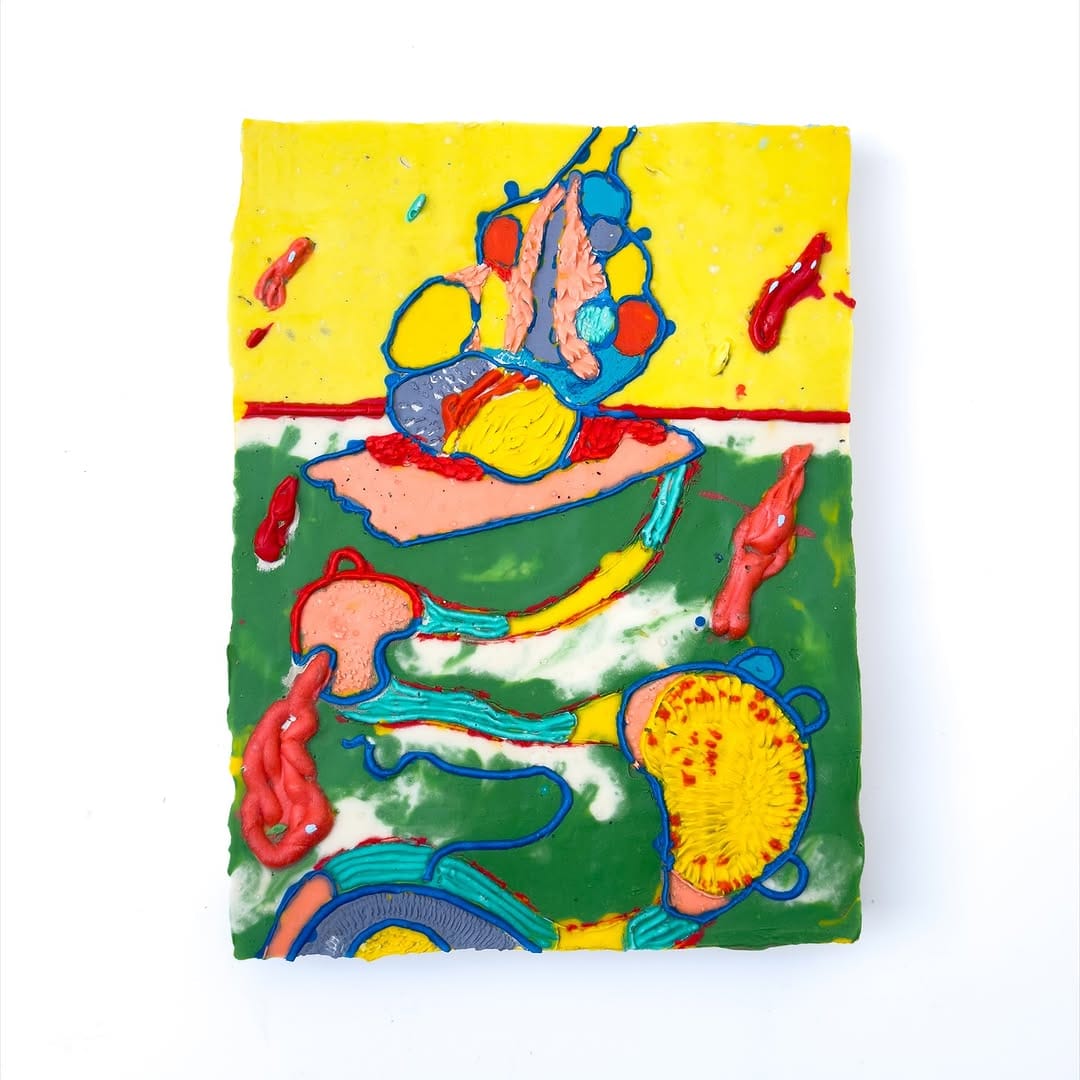
Hugo Brazão : 𝘊𝘰𝘯𝘵𝘢𝘳 𝘤𝘰𝘮 𝘰 𝘰𝘷𝘰 𝘯𝘰 𝘤ú 𝘥𝘢 𝘨𝘢𝘭𝘪𝘯𝘩𝘢, 2024, Jesmonite, pigments, linseed oil, 22x30cm
I referenced this idea in my latest exhibition, Happily Ever After (2025), where I explored how we hold onto narratives that promise a better future, even when those narratives keep us stuck.
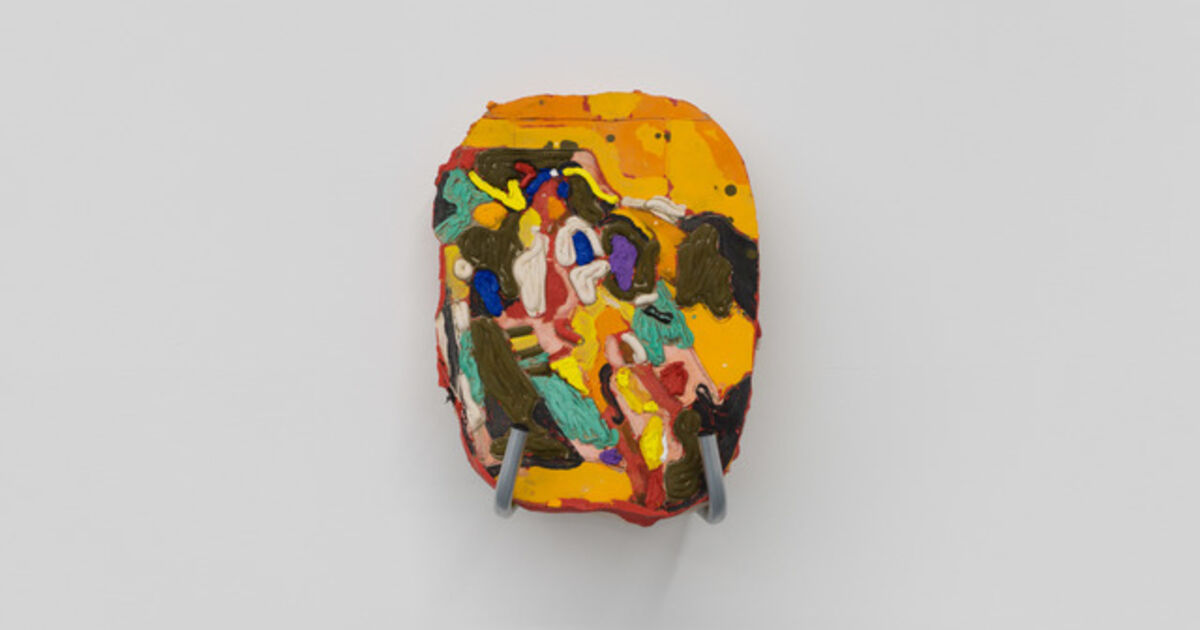
Hugo Brazão on Artsy
For me, cruel optimism was another example of escapism, another way we find to cope with uncertainty, through rituals, wishful thinking, or just refusing to look too closely at what’s in front of us.
How do you approach the use of color and what role does it play in conveying meaning in your work?
To start, I didn’t think too much about why I was using colour in my work, it was just part of how I see the world and how I translate it into something visual. Over time, I realized that colour is actually a powerful tool, and that connected with the themes I was researching.
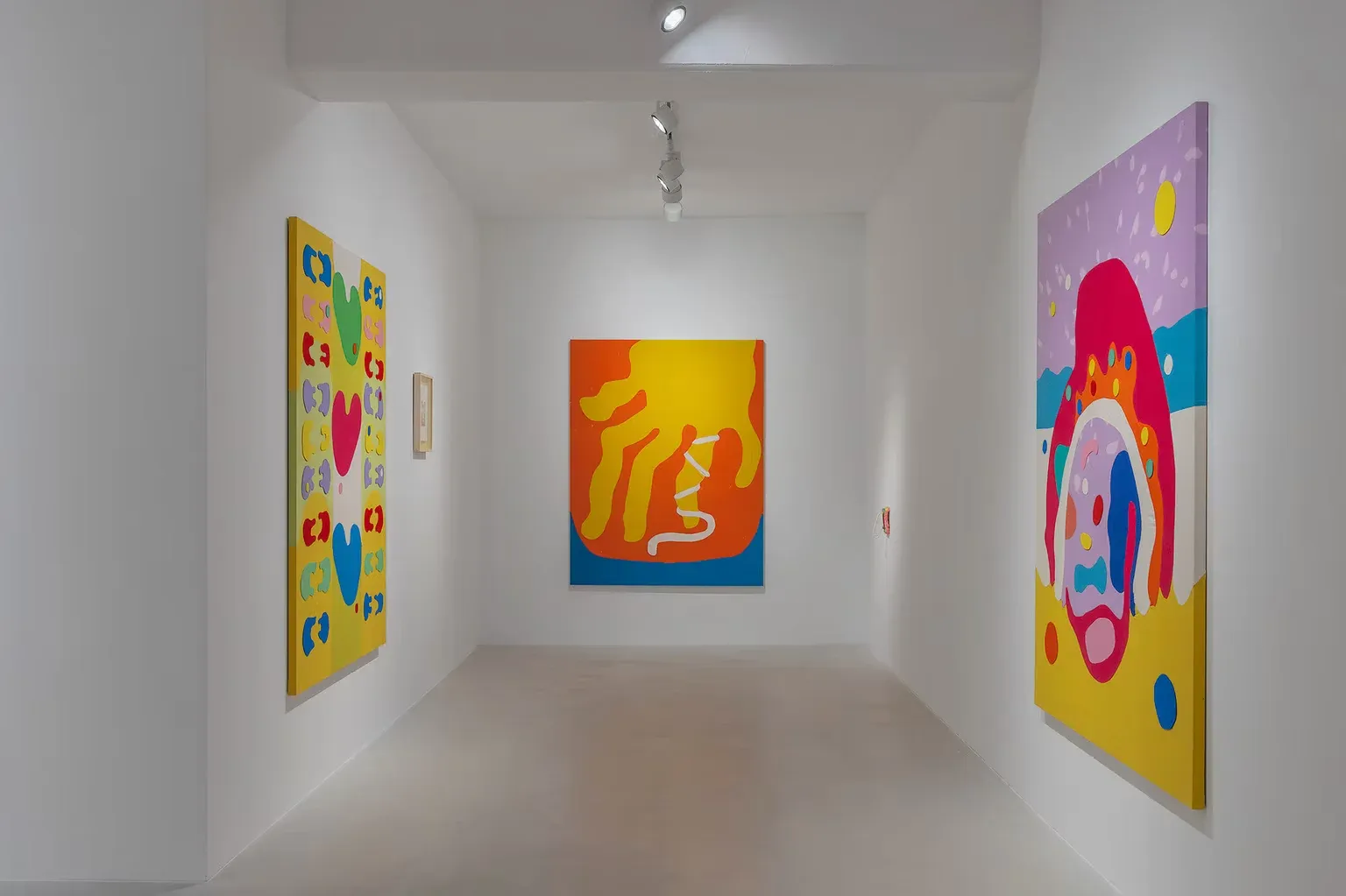
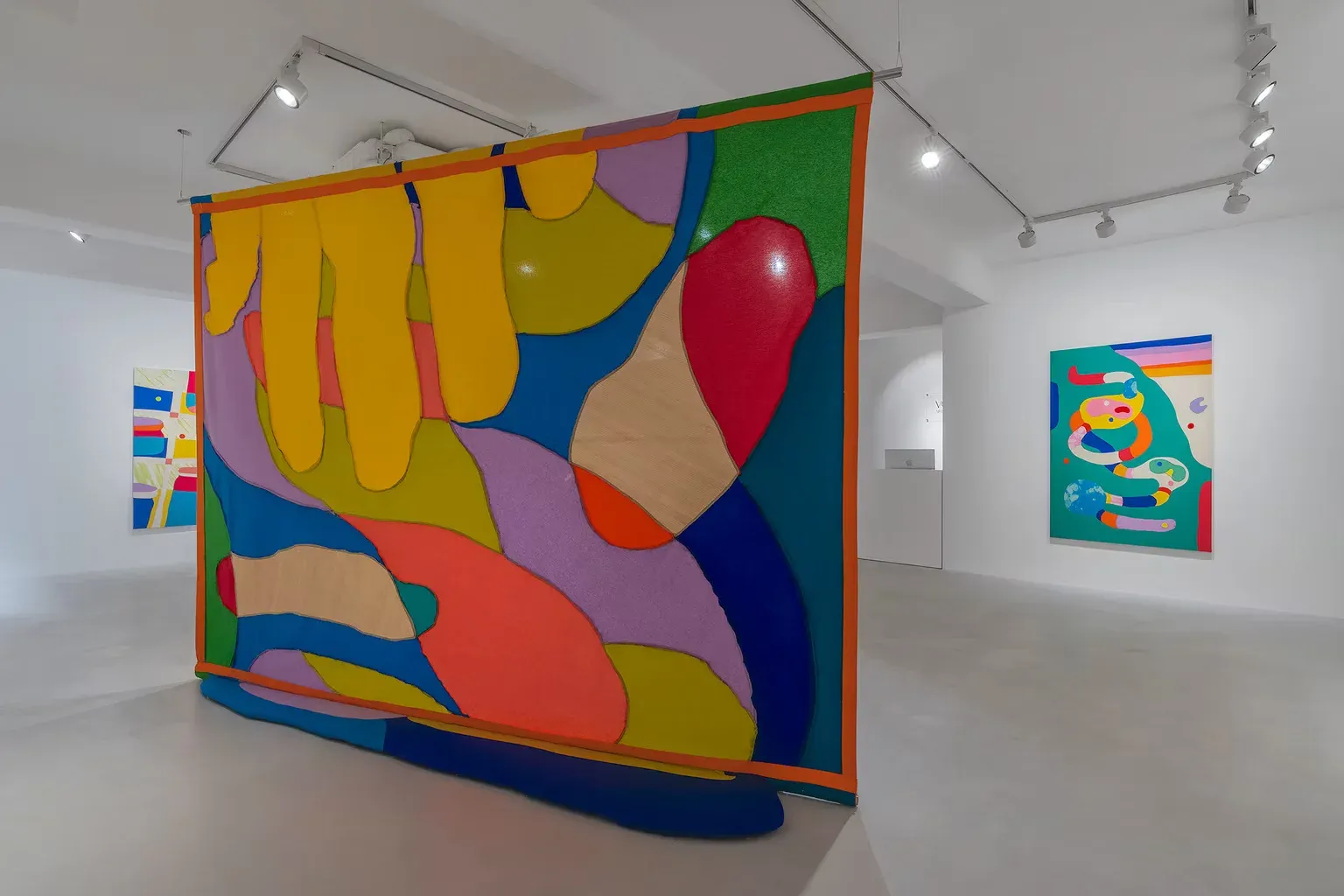
In nature, colour often acts as a survival mechanism, allowing animals to either blend in or stand out as a way of navigating danger.
Camouflage, for example, is a way to escape notice, to disappear into the surroundings and avoid confrontation.
On the other hand, bright, striking colours in certain species serve as a warning, a form of deception that tricks predators into thinking they’re toxic or dangerous.
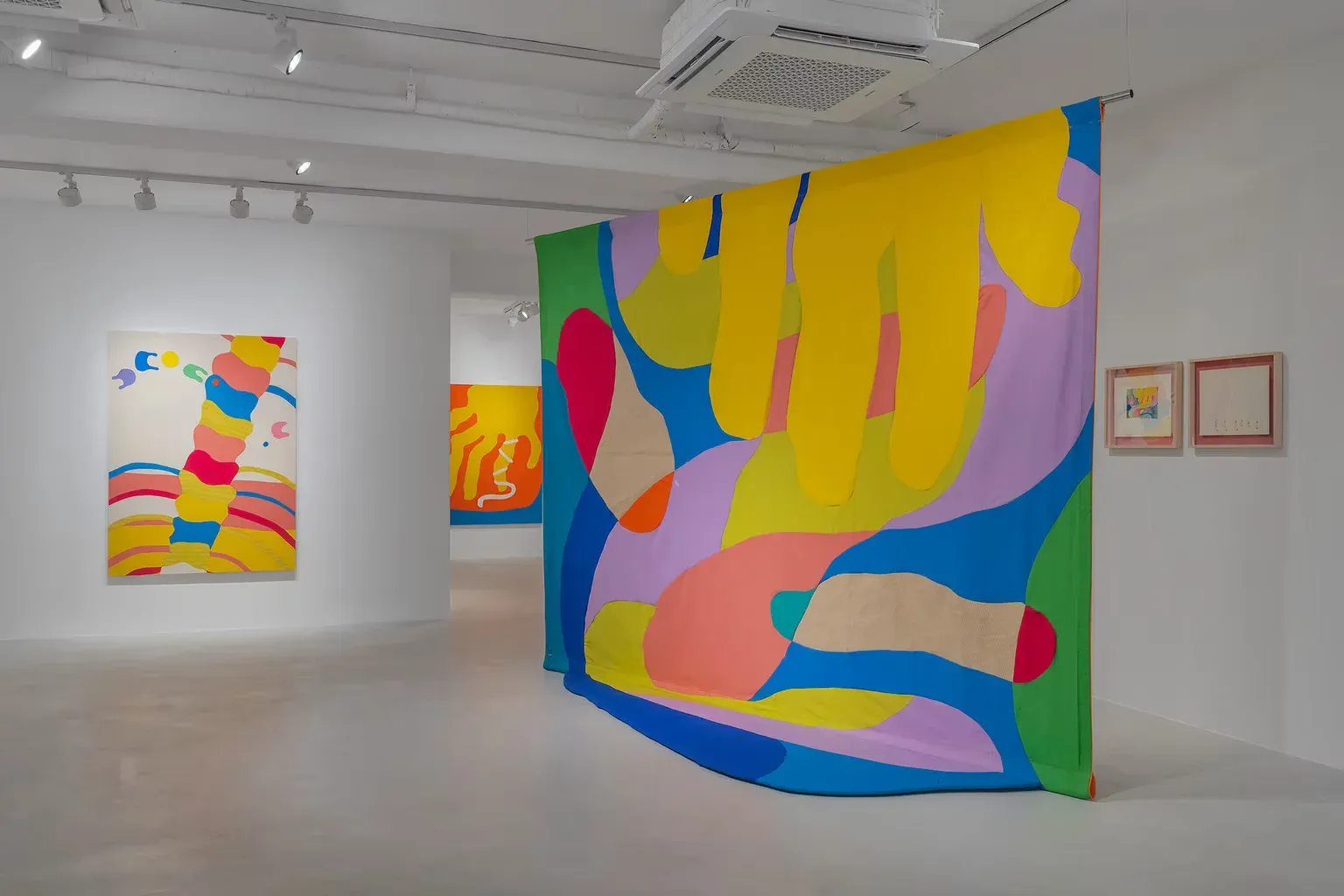
In both cases, colour becomes a strategy for survival, an escape route. That idea fascinates me because it mirrors the ways we use colour in human culture too.
We associate certain colours with safety, with rebellion, with nostalgia, with optimism.
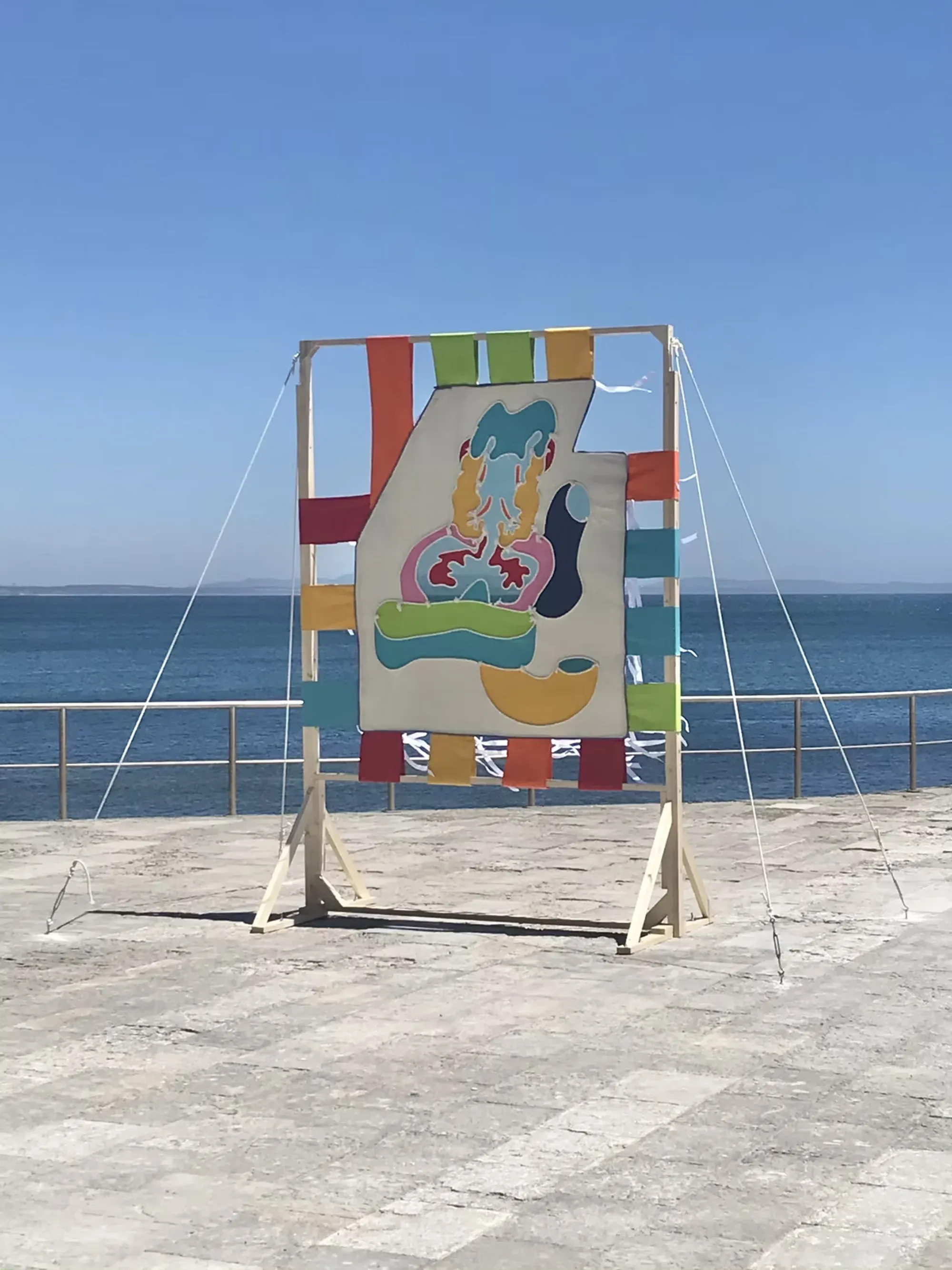
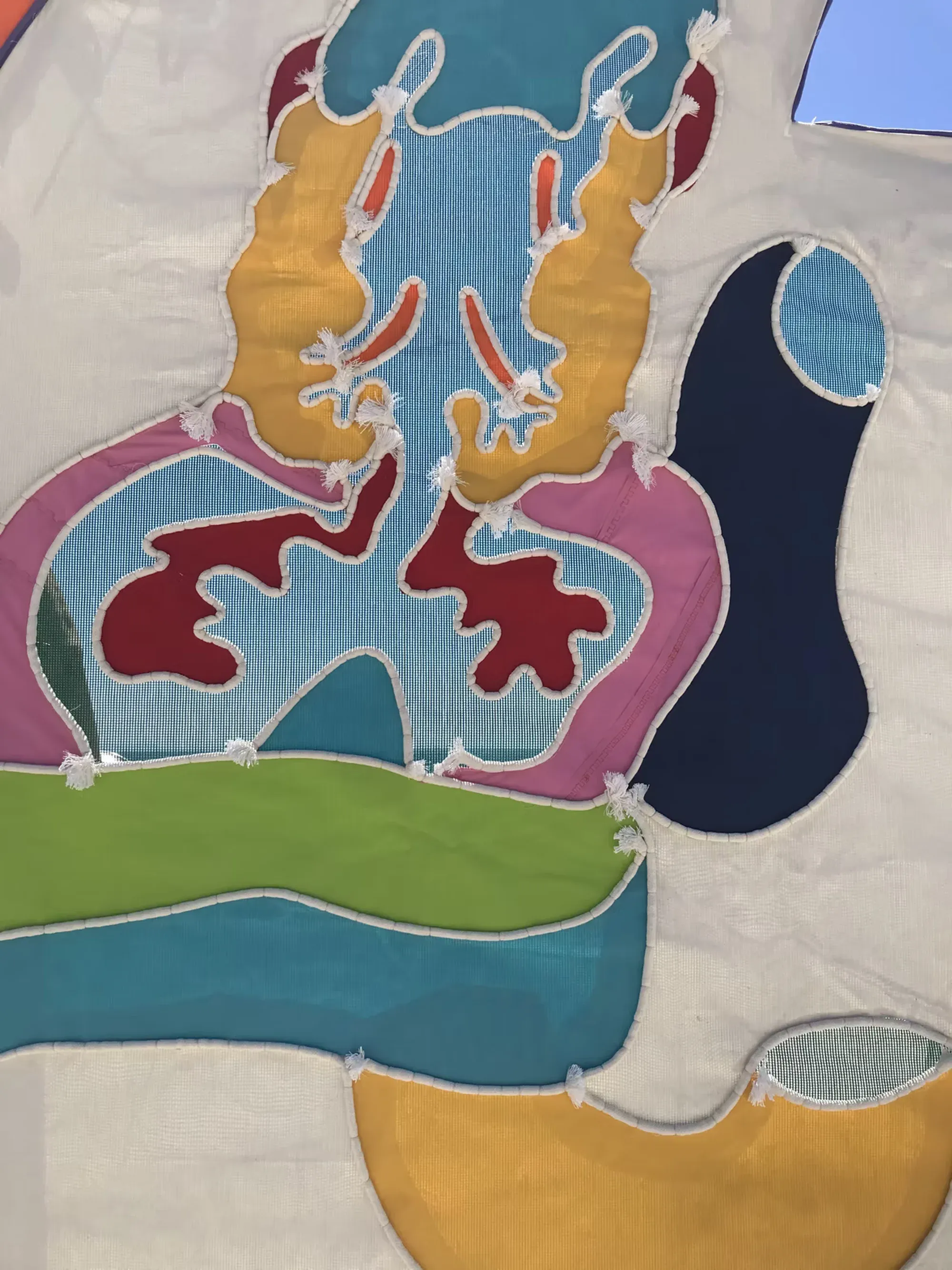
Hugo Brazão: Commission for Artemar Fundação D. Luís I, Cascais | Permission and courtesy of the Artist
Colour itself, in many cases, is a form of escapism. I like to see it beyond just the symbolic meaning of individual shades, but as part of a broader, collective experience, one that can be playful, deceptive, or even a little ironic.
How does Hugo Brazão see the evolution of his work in the future?
I want to keep exploring the potential of textile as installation, as well as keep exploring narratives within the work. I have also recently gotten back to doing some work on paper and I’m really enjoying it.
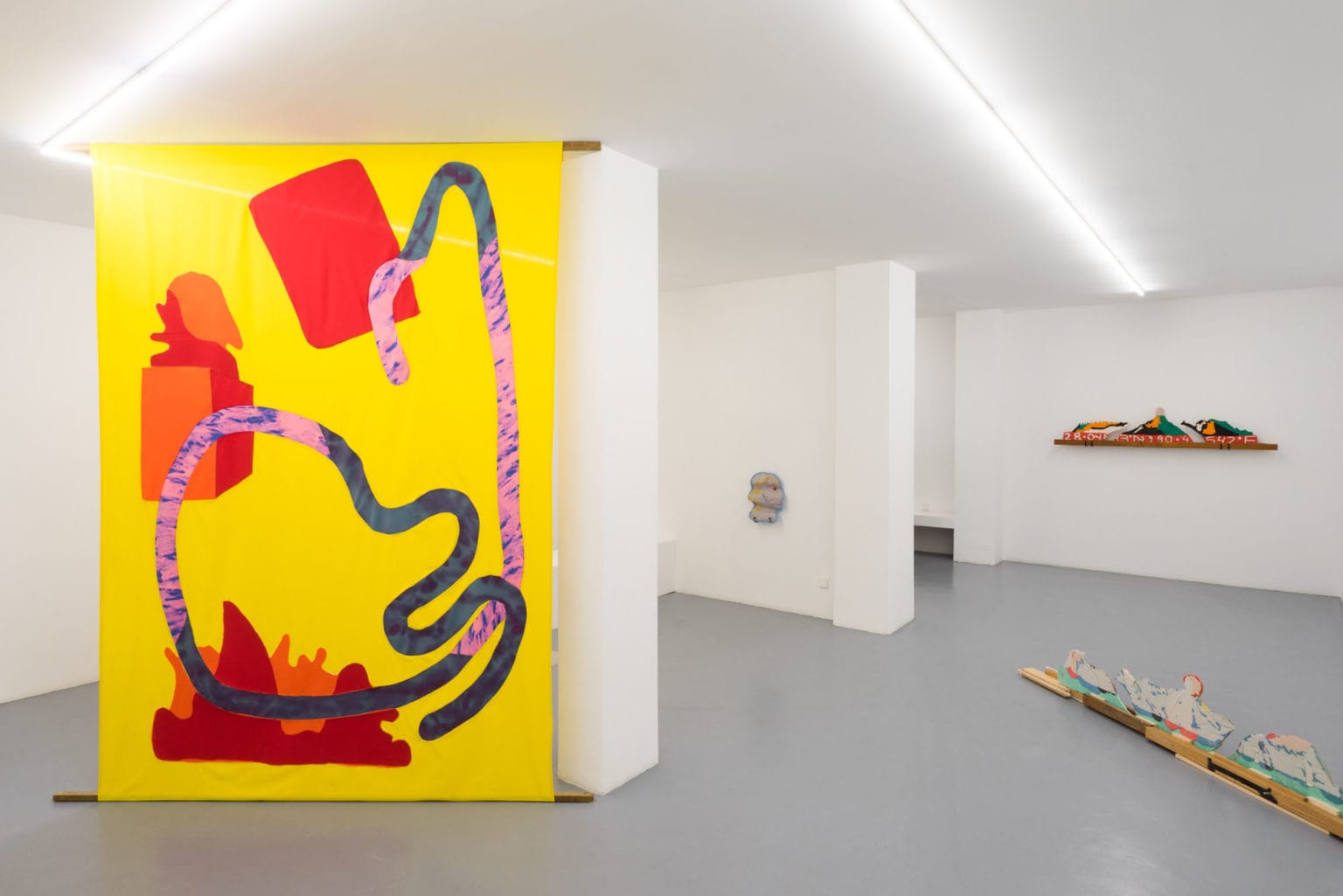
I also want to collaborate more, as much as I sometimes like doing my work at the studio by myself, I have this need to collaborate more with other artists, bringing in different perspectives and letting that exchange of ideas feed into my practice.
How does Hugo Brazão perceive the contemporary art scene in Portugal? What challenges and opportunities does he identify for emerging artists?
Even though I’ve always been connected to the art scene in Portugal, I wasn’t living here for ten crucial years in the development of my work.
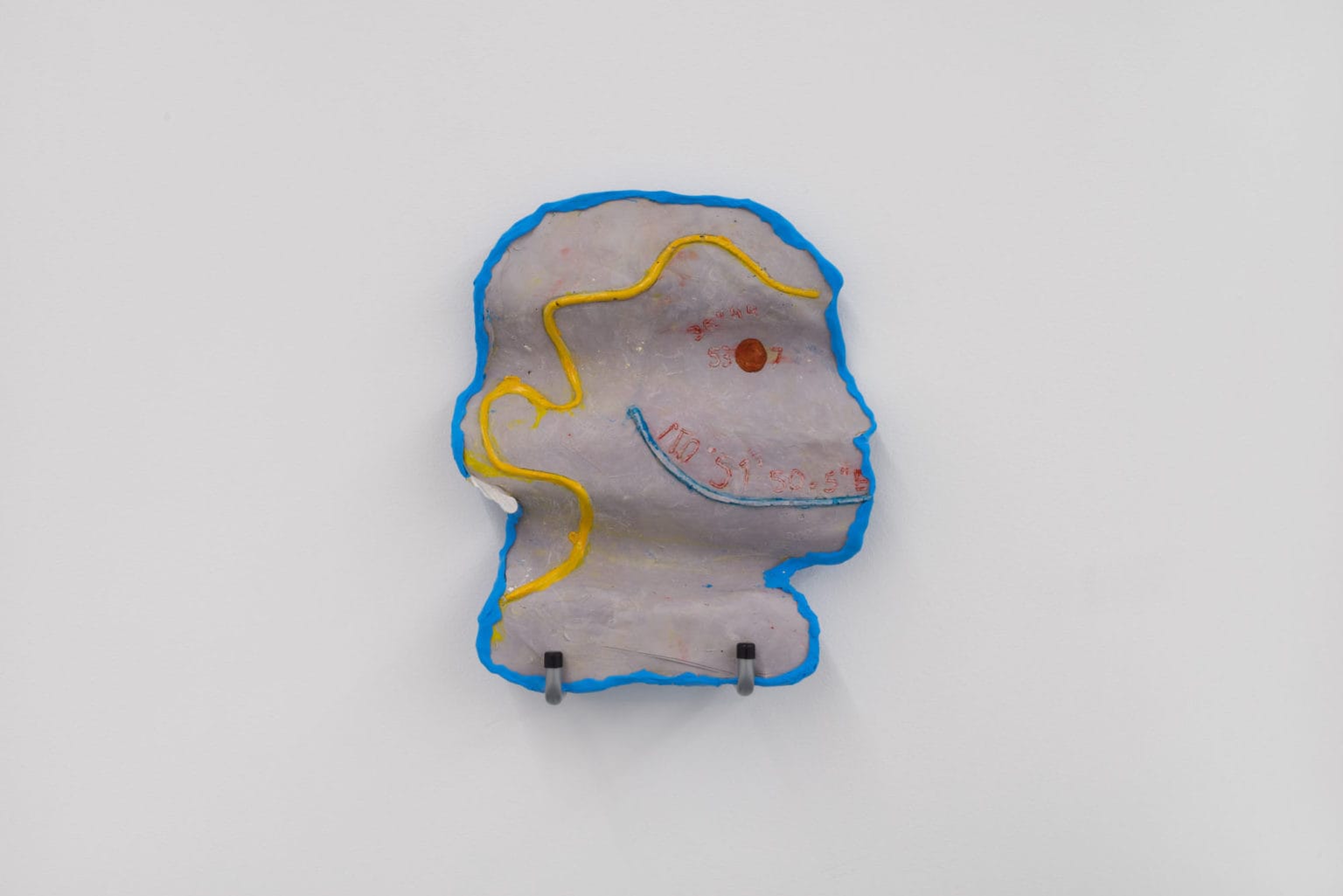
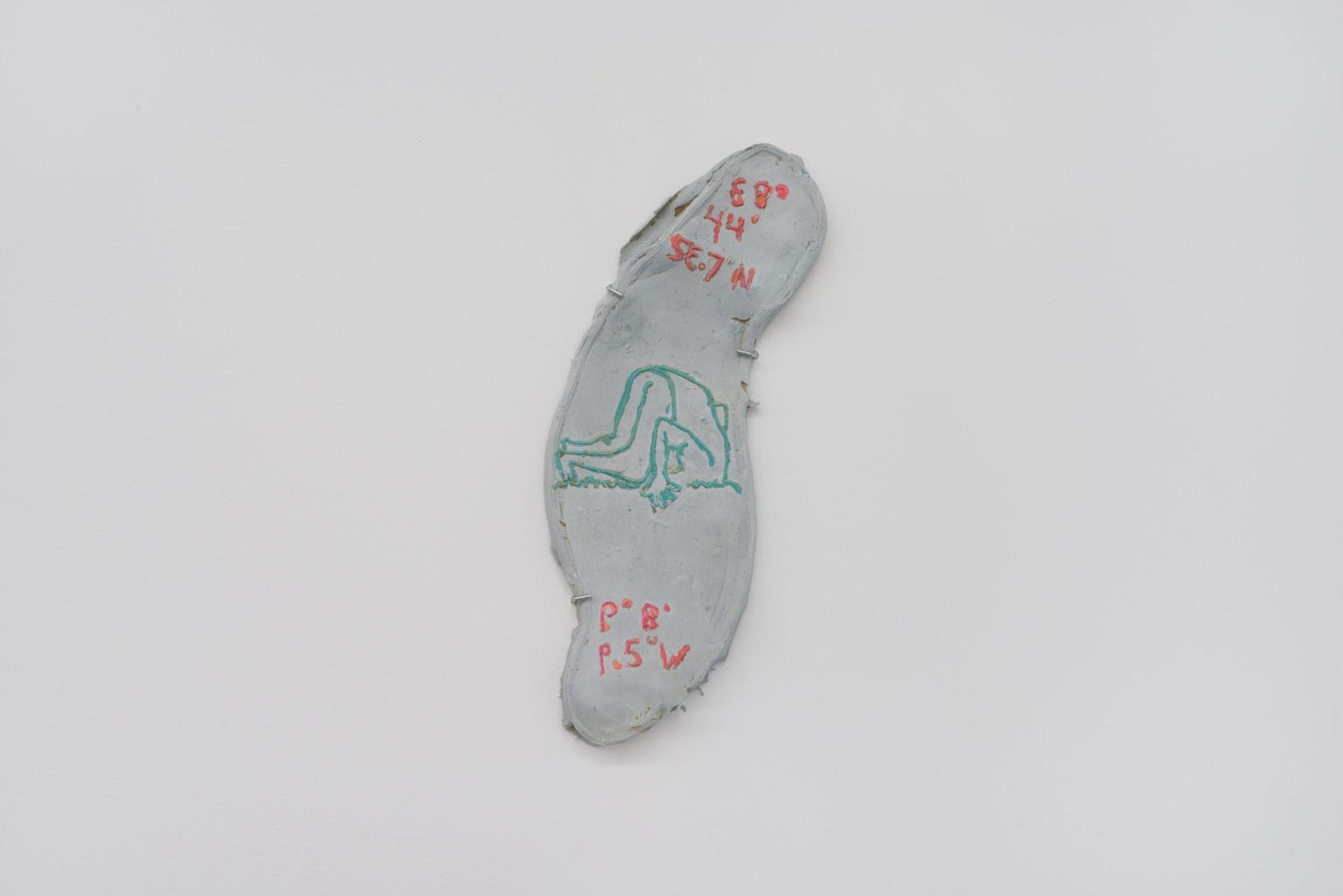
I have moved back since two years and in that time, a lot has changed, it feels like there is now more space for artists to grow and the scene feels less insular than before.
However, I still find it somewhat rigid, stuck in old ways. It needs to open up more to the outside world, embrace new perspectives, and foster a stronger sense of community.
I believe it’s a small scene with big potential, but the lack of investment and affordable studio spaces is a significant challenge.
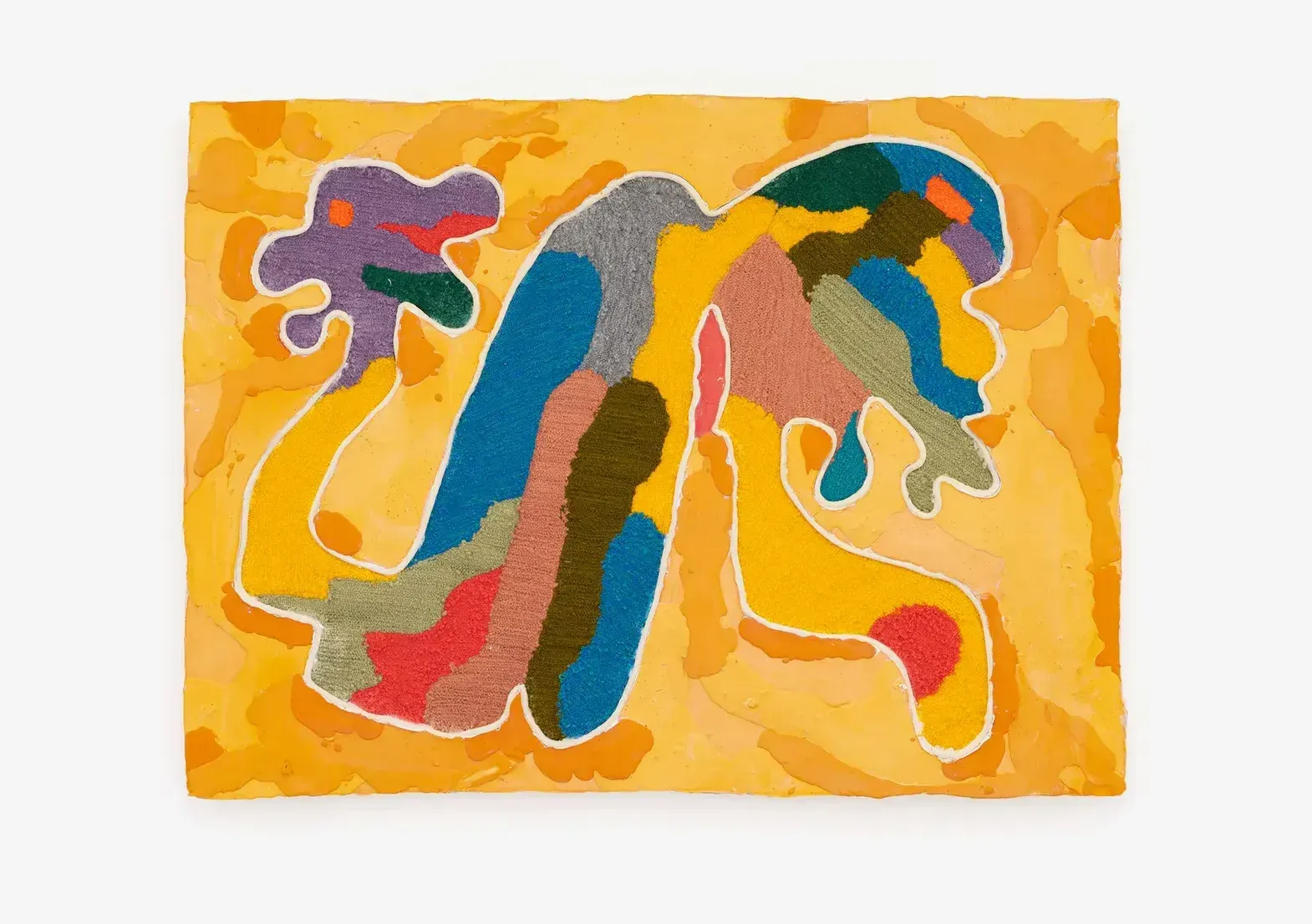
There needs to be more direct investment in artists for the scene to truly develop. And I also think people should be taking more risks and having more fun with it!
Follow Hugo Brazão on Instagram for more upcoming exhibitions and projects
Gratitude to Hugo Brazão and Di Franco (Pikazer0 – Art Agency) for sharing their vision and voice.
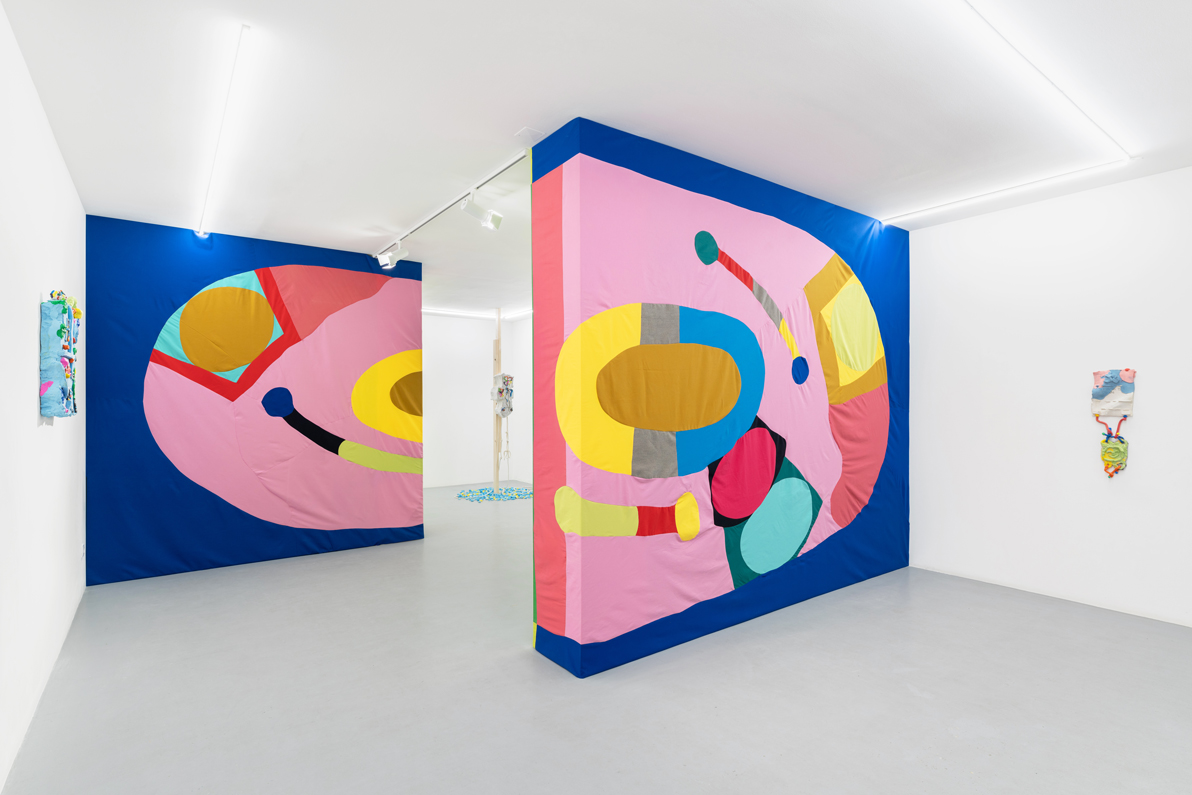
Balcony Gallery - Hugo Brazão
Also, a big shout-out to Galeria Balcony and the photographer for making this feature possible.
Like the article? Become a Supporter of Independent voices
This is independent art writing - no paywall, no ads, no bullshit.
If you value this voice, support it.
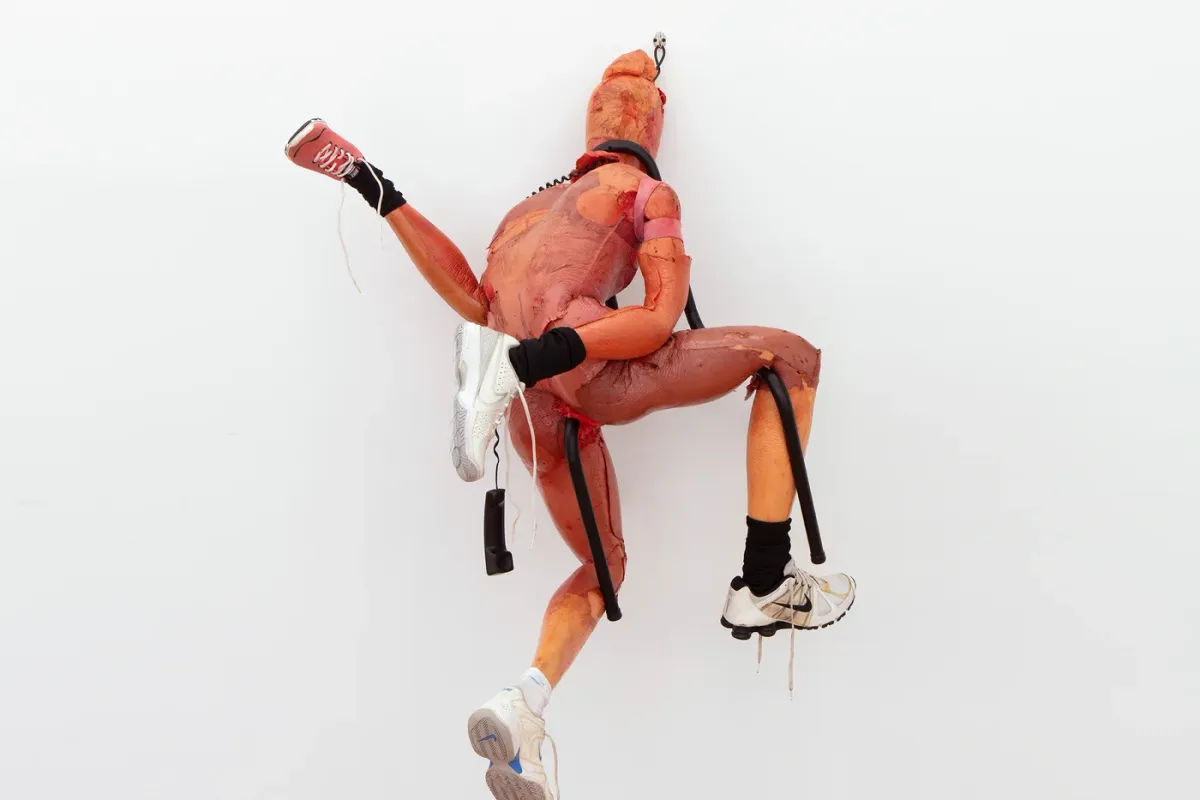
Friday Dispatch - Catapult - uncensored
Related Artists:
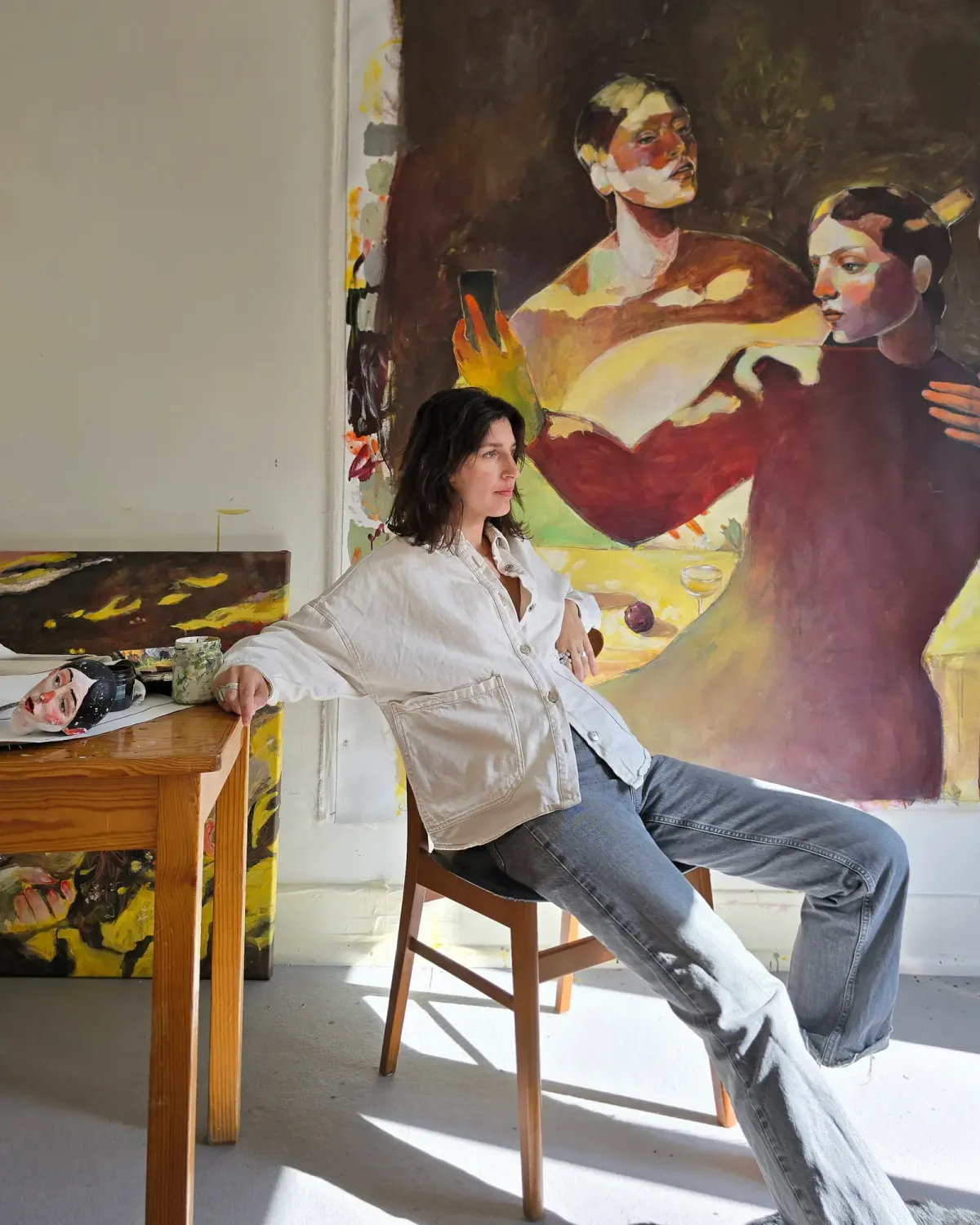
margarida Fleming
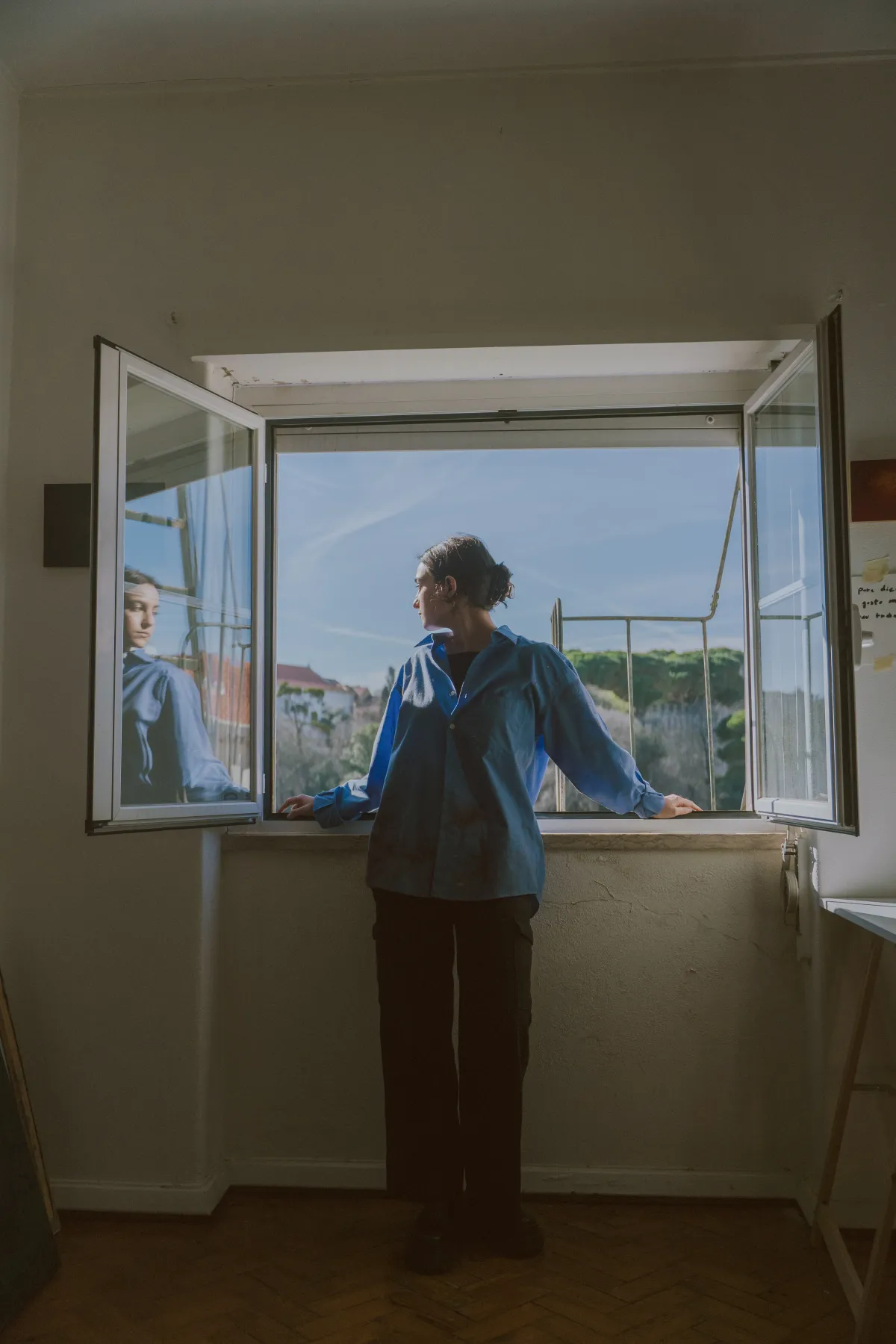
maria Luz
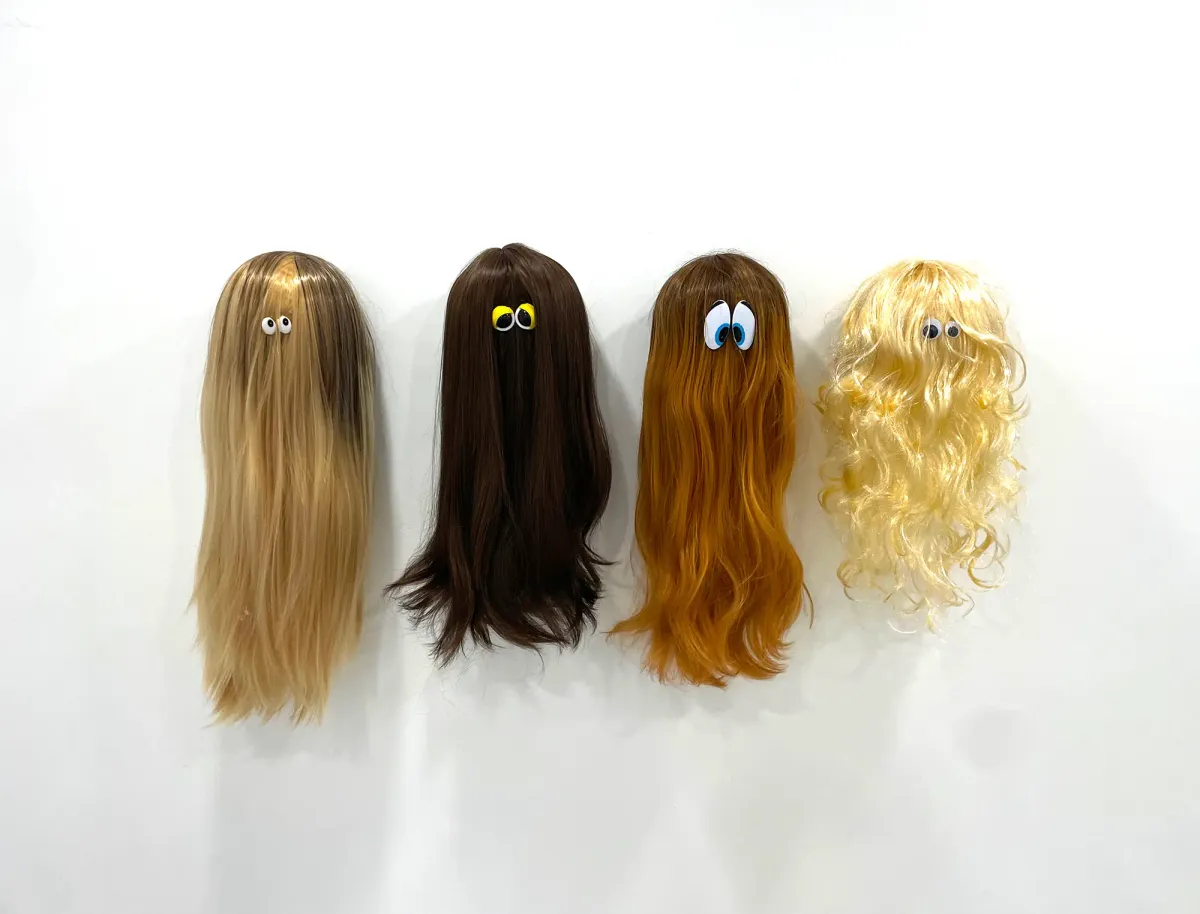
David Rosado


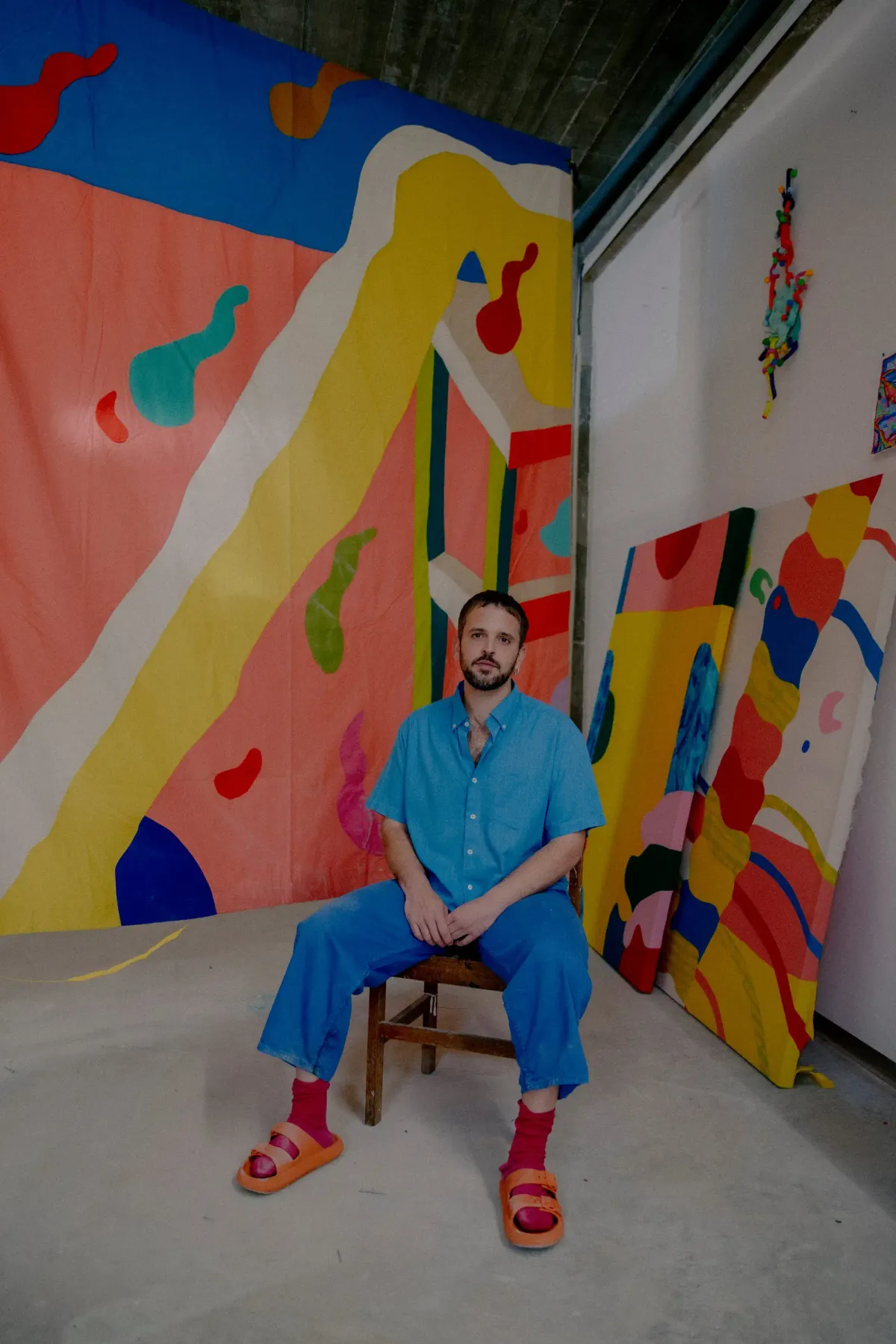

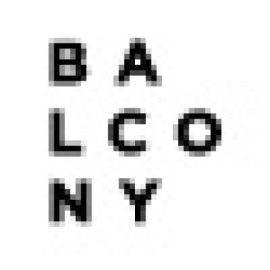

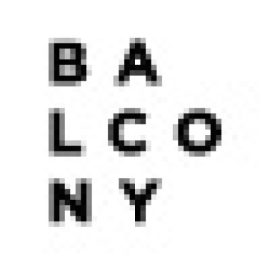




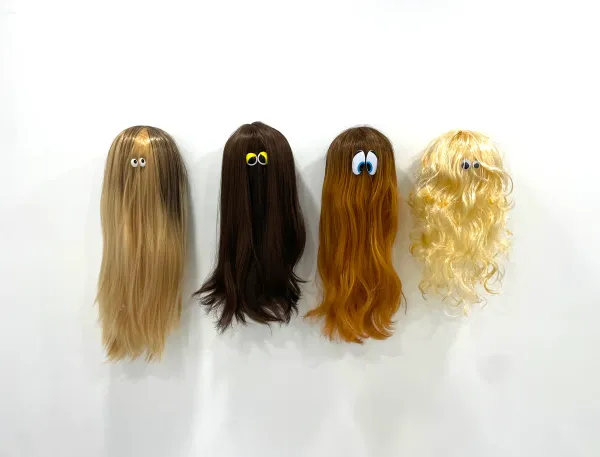
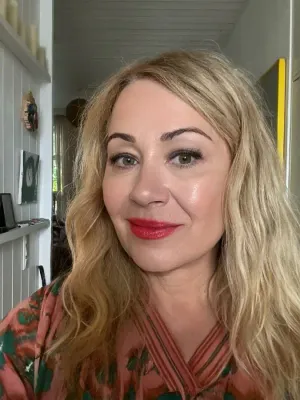
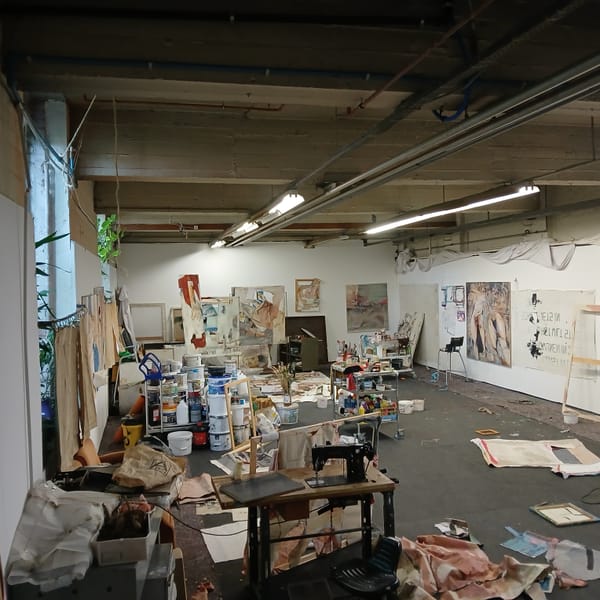
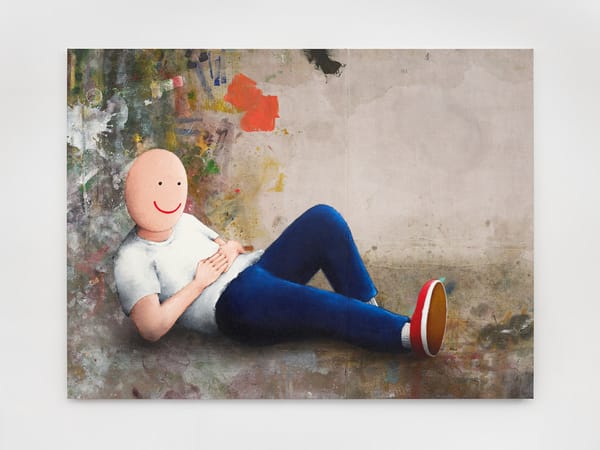
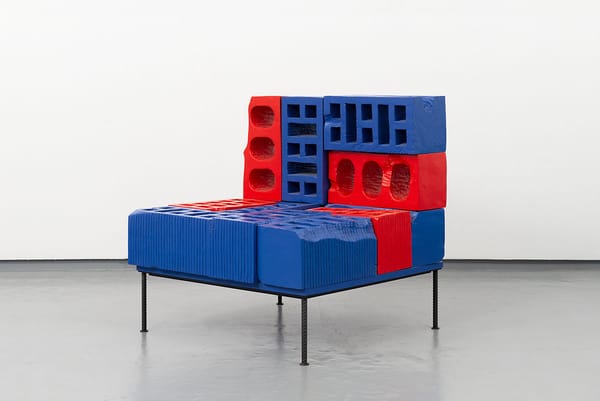
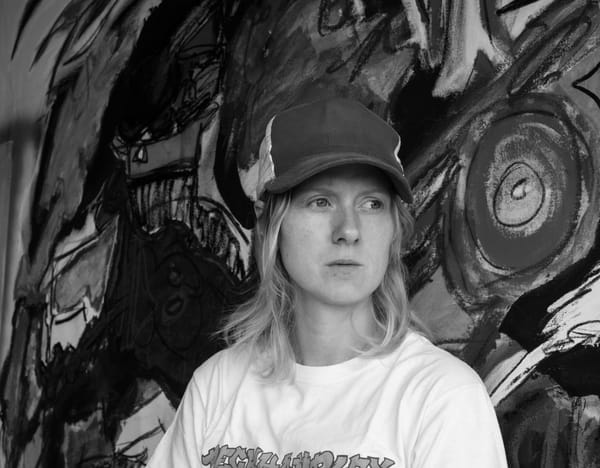
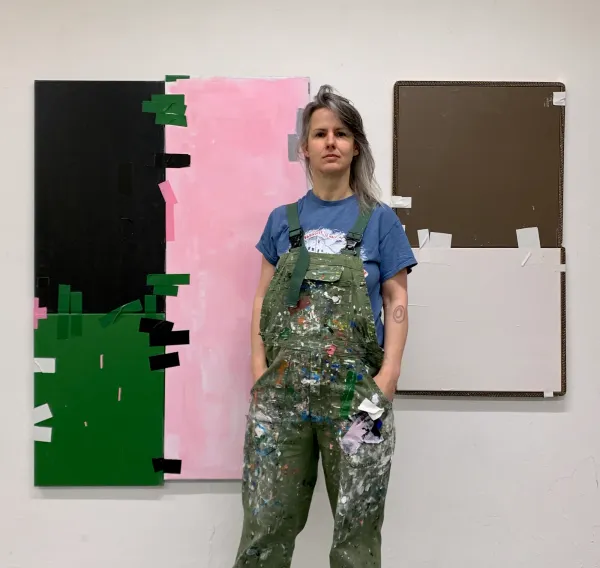
Member discussion